NSS
History
After independence the University Grants Commission, headed by S. Radhakrishnan, recommended the introduction of voluntary national service in academic institutions. This idea was again considered by the Central Advisory Board of Education (CABE) at its meeting in January, 1950; after examining the idea and the experiences of other countries in this field, the board recommended that students and teachers should devote time to voluntary manual work. In the draft first Five-Year Plan adopted by the government in 1952, the need for social and labour service by Indian students for one year was stressed. In 1958 Jawaharlal Nehru, in a letter to the chief ministers, considered the idea of social service as a prerequisite for graduation. He directed the Ministry of Education to formulate a suitable scheme for the introduction of national service into academic institutions.
Launch of NSS
In May 1969, a conf student representatives (of universities and institutions of higher education) convened by the Ministry of Education and the University Grants Commission also unanimously agreed that a national-service scheme could be an instrument for national integration. The details were soon worked out and the Planning Commission sanctioned an outlay of ?5 crores for the NSS during the Fourth Five-Year Plan, stipulating that the NSS be a pilot project in select institutions and universities. On 24 September 1969, the then Union Education Minister V.K.R.V. Rao launched the NSS at 37 universities in all states. The scheme has been extended to all states and universities in the country, and also +2 level institutes in many states.
Symbol of NSS
The symbol for the NSS has been based on the giant Rath Wheel of the world-famous Konark Sun Temple (The Black Pagoda) situated in Odisha, India. The wheel portrays the cycle of creation, preservation and release. It signifies the movement in life across time and space, the symbol thus stands for continuity as well as change and implies the continuous striving of NSS for social change. The eight bars in the wheel represents 24 hours of a day. The red colour indicates that the volunteer is full of young blood that is lively, active, energetic and full of high spirit. The navy blue colour indicates the cosmos of which the NSS is tiny part, ready to contribute its share for the welfare of the mankind.It stands for continuity as well as change and implies the continuous striving of NSS for social transformation and uplift.
Aim
The programme aims to inculcate social welfare in students, and to provide service to society without bias. NSS volunteers work to ensure that everyone who is needy gets help to enhance their standard of living and lead a life of dignity. In doing so, volunteers learn from people in villages how to lead a good life despite a scarcity of resources. it also provides help in natural and man-made disasters by providing food, clothing and first aid to the disaster victims.
Organization
At national level, Ministry of Youth Affairs and Sports of India is the nodal authority, which works with state-level NSS cells. State-level NSS cells are responsibility of the respective state governments. Within states, each university has University level NSS cell under which institutions (schools and colleges) based NSS units operate. Most government and government-aided institutions have volunteer NSS units. Institutions are encouraged to have NSS volunteers. A unit typically comprises 20�40 students. They are managed internally by a responsible party from the school or college, who reports to the regional NSS coordinator. Most institutions do not have a separate uniform for NSS volunteers as there is standard khakhi colored national dress for NCC.
Annual NSS Camps
The Annual camps are known as Special Camps. Camps are held annually, funded by the government of India, and are usually located in a rural village or a city suburb. Volunteers may be involved in such activities as:
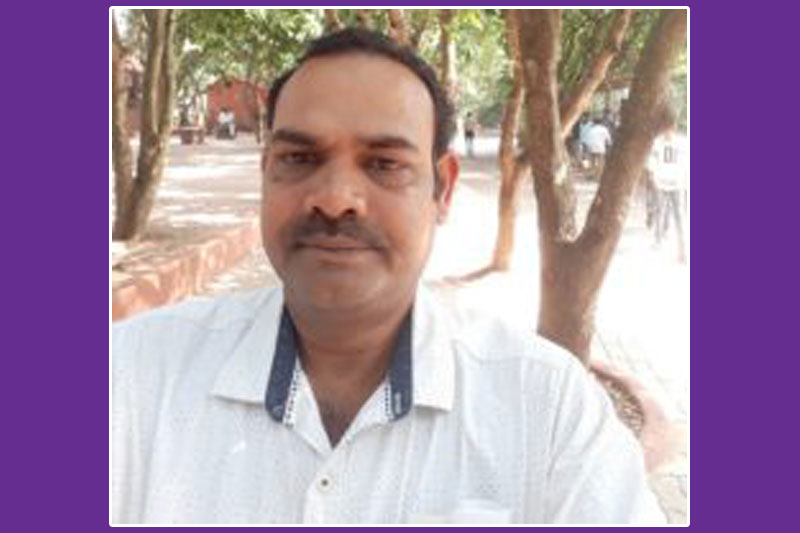
Mr Binod Bihari Pruseth
NSS BOYS' unit

Mrs. Anjali Patel
NSS GIRLS' unit
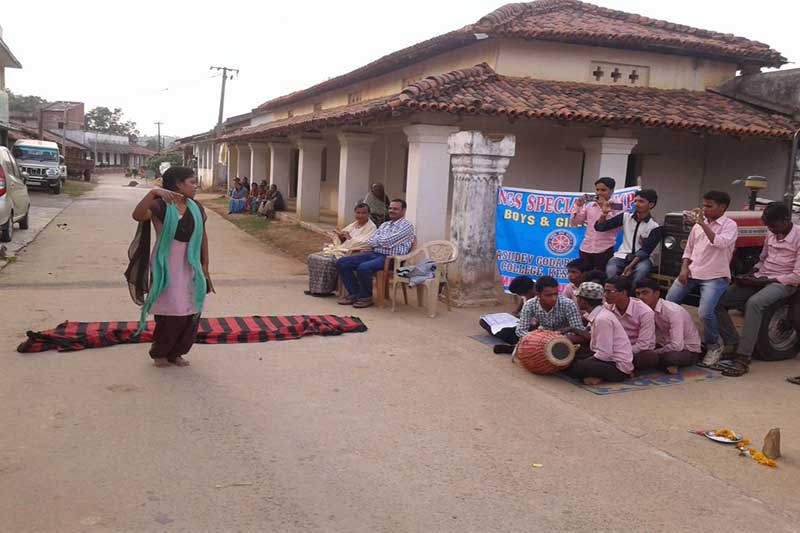
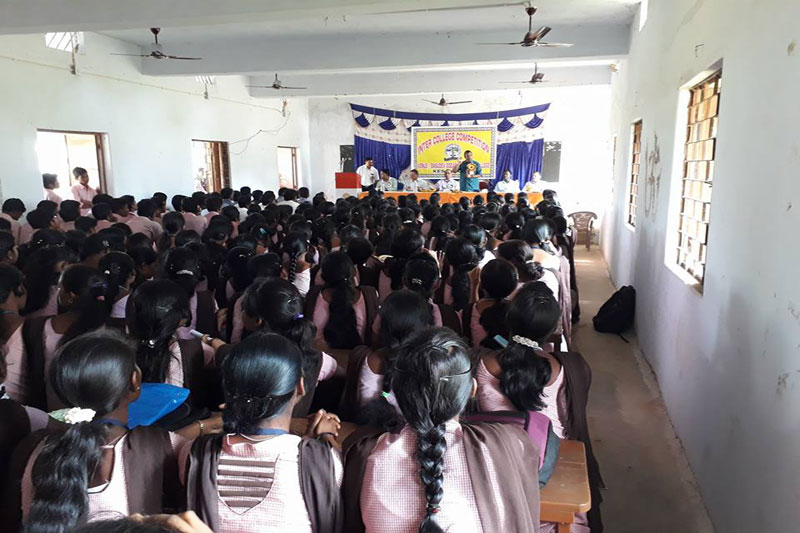


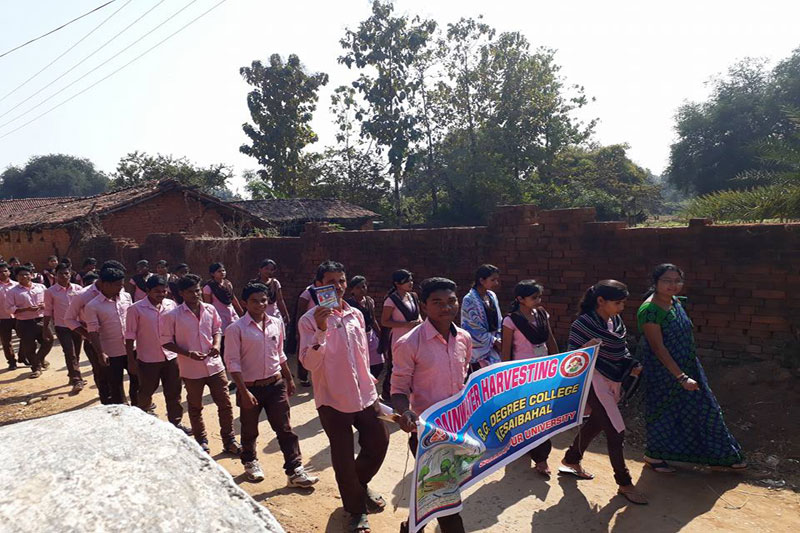
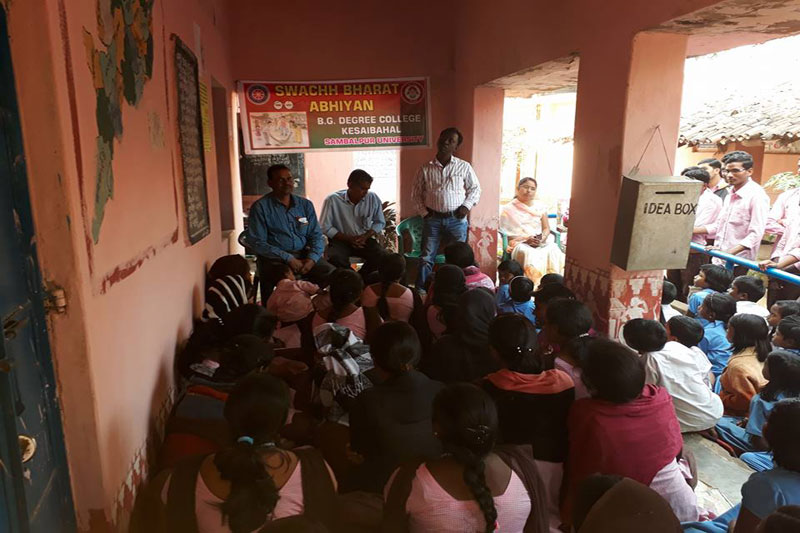

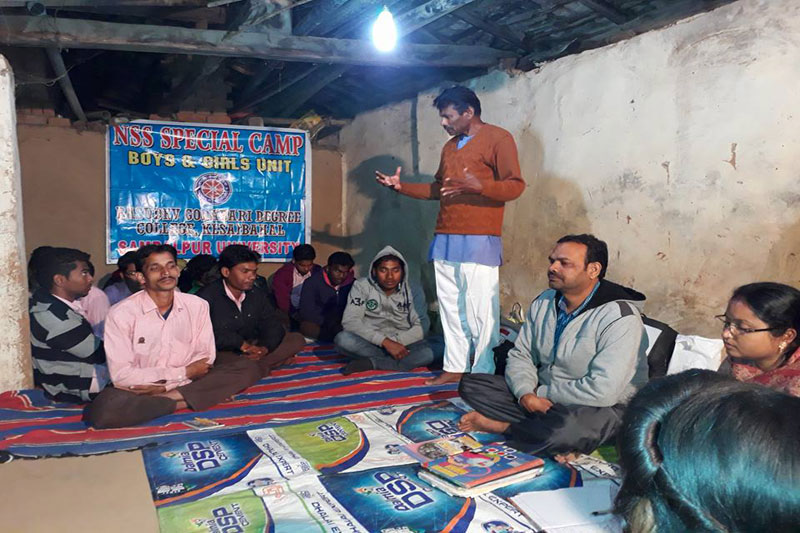
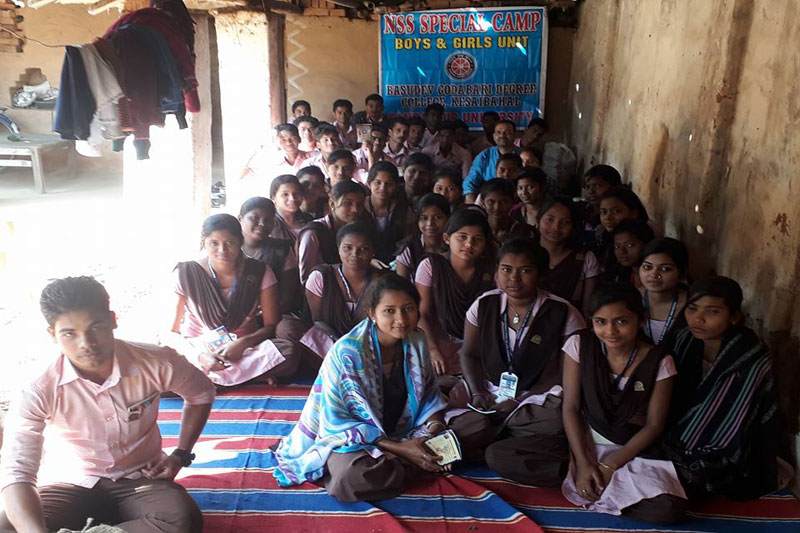

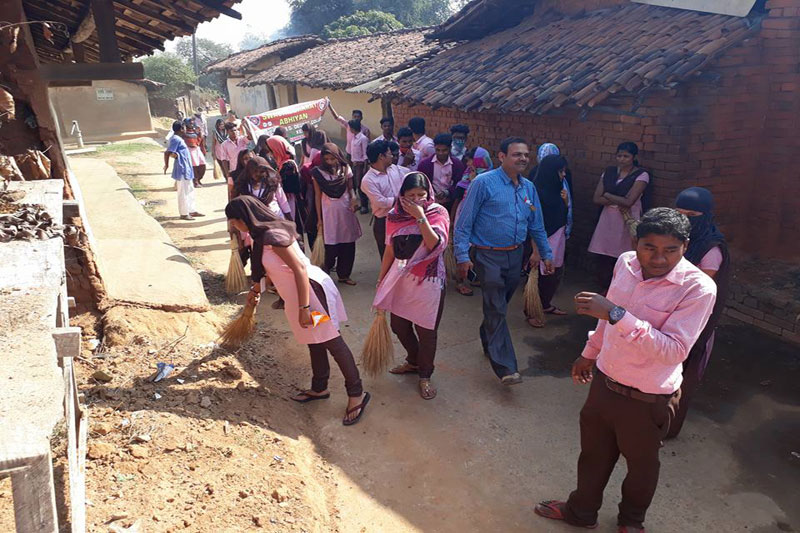
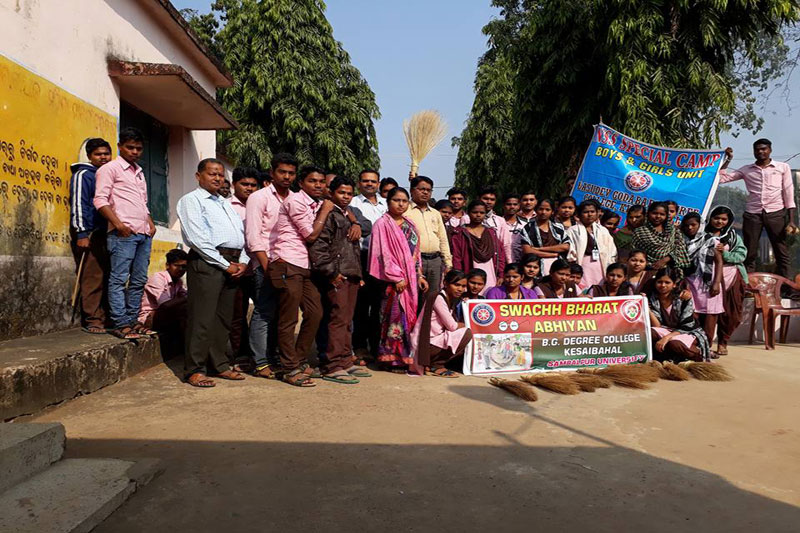
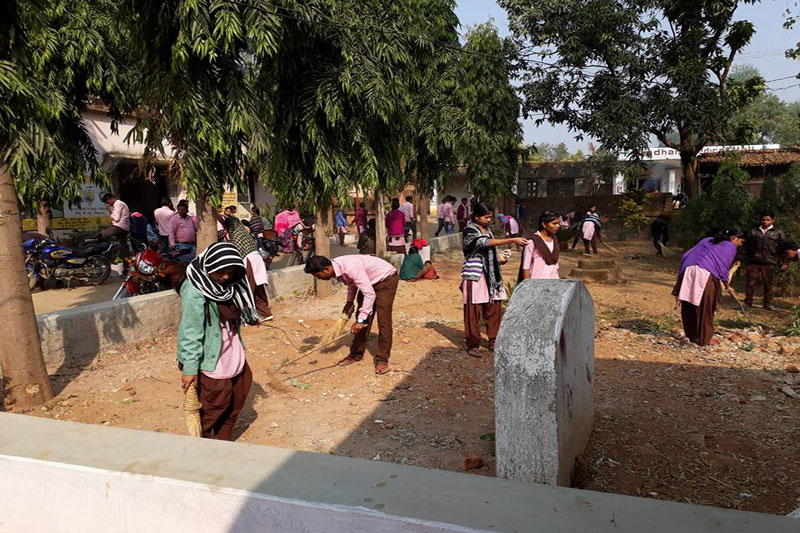



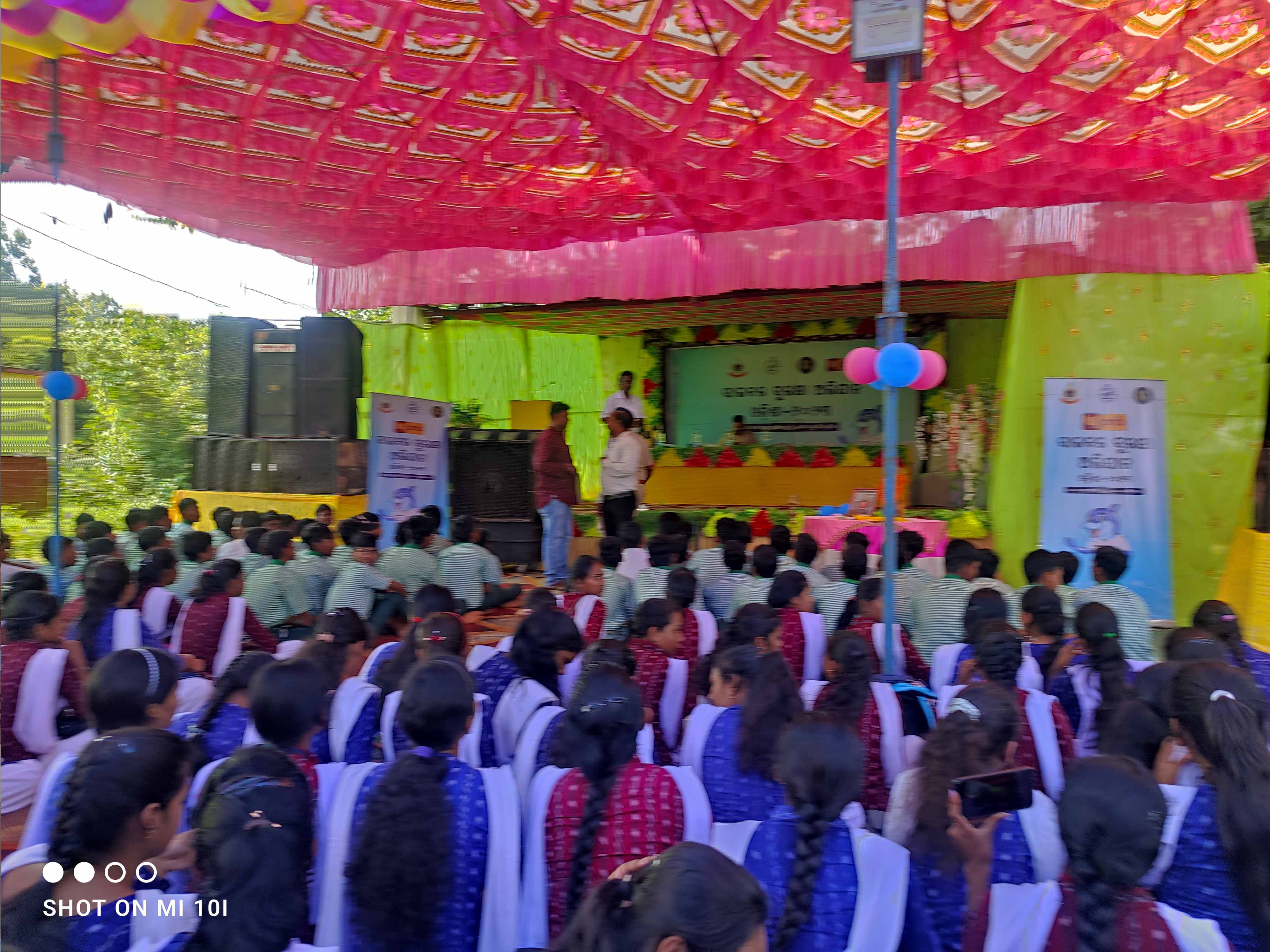
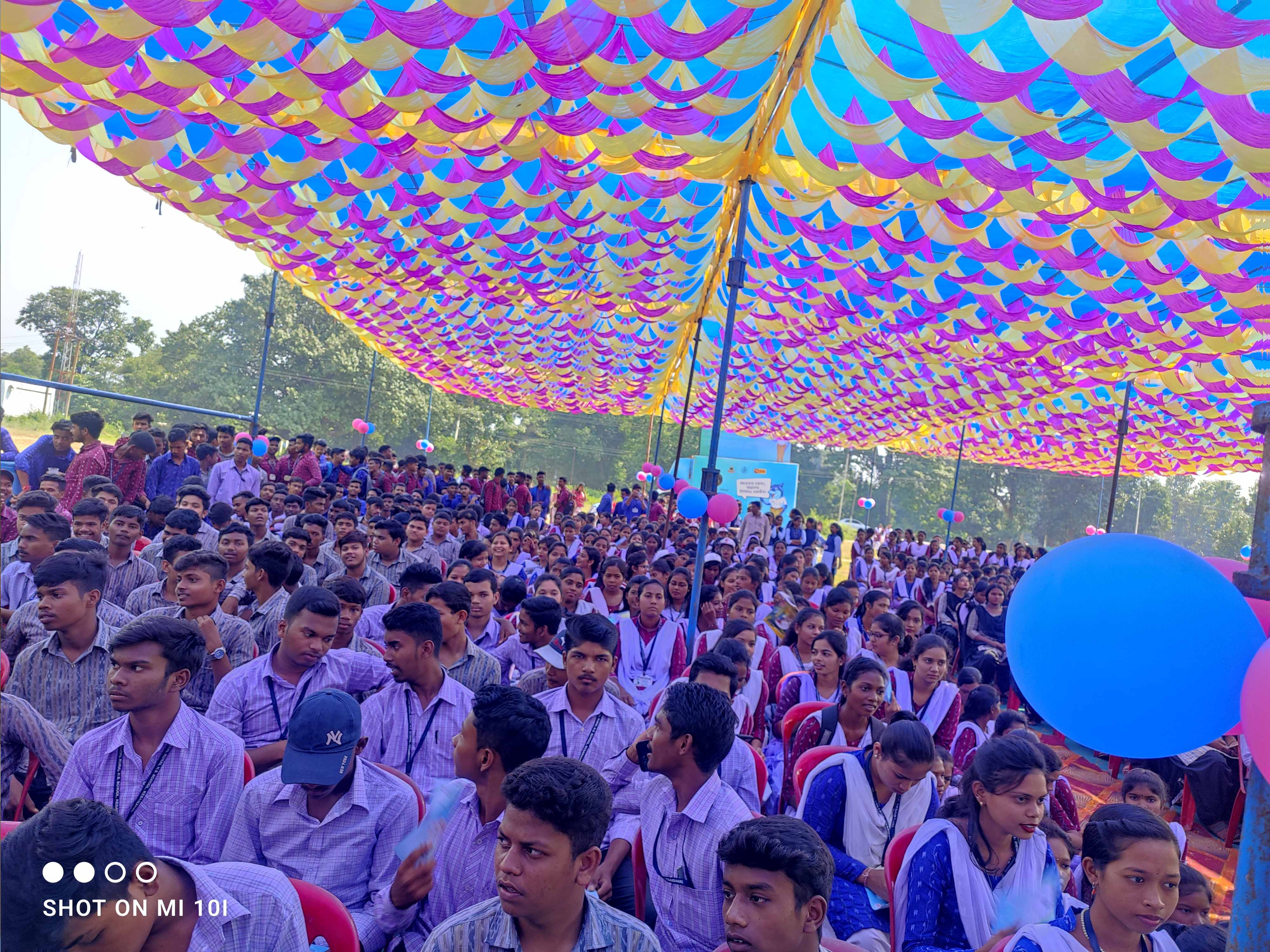
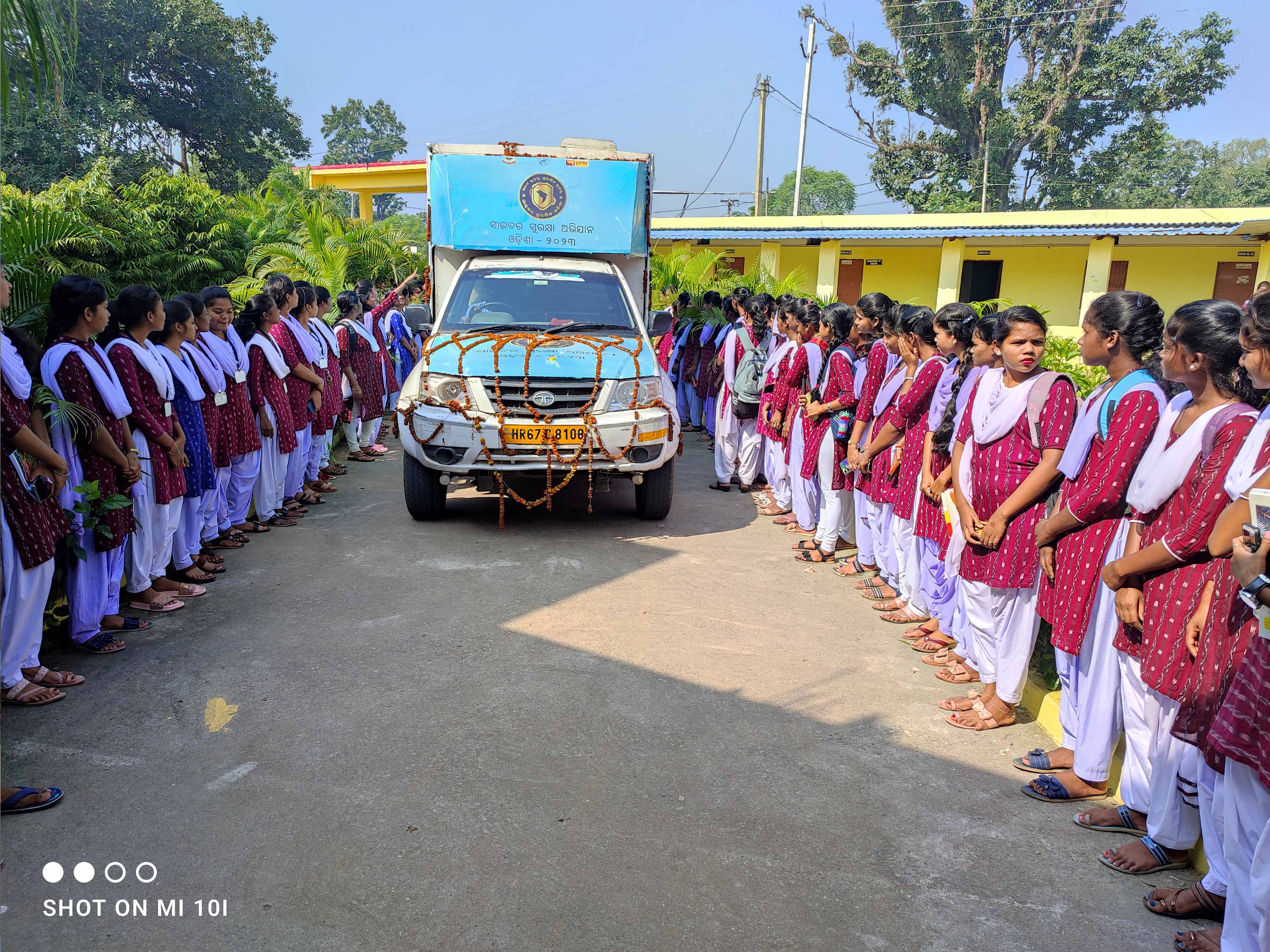
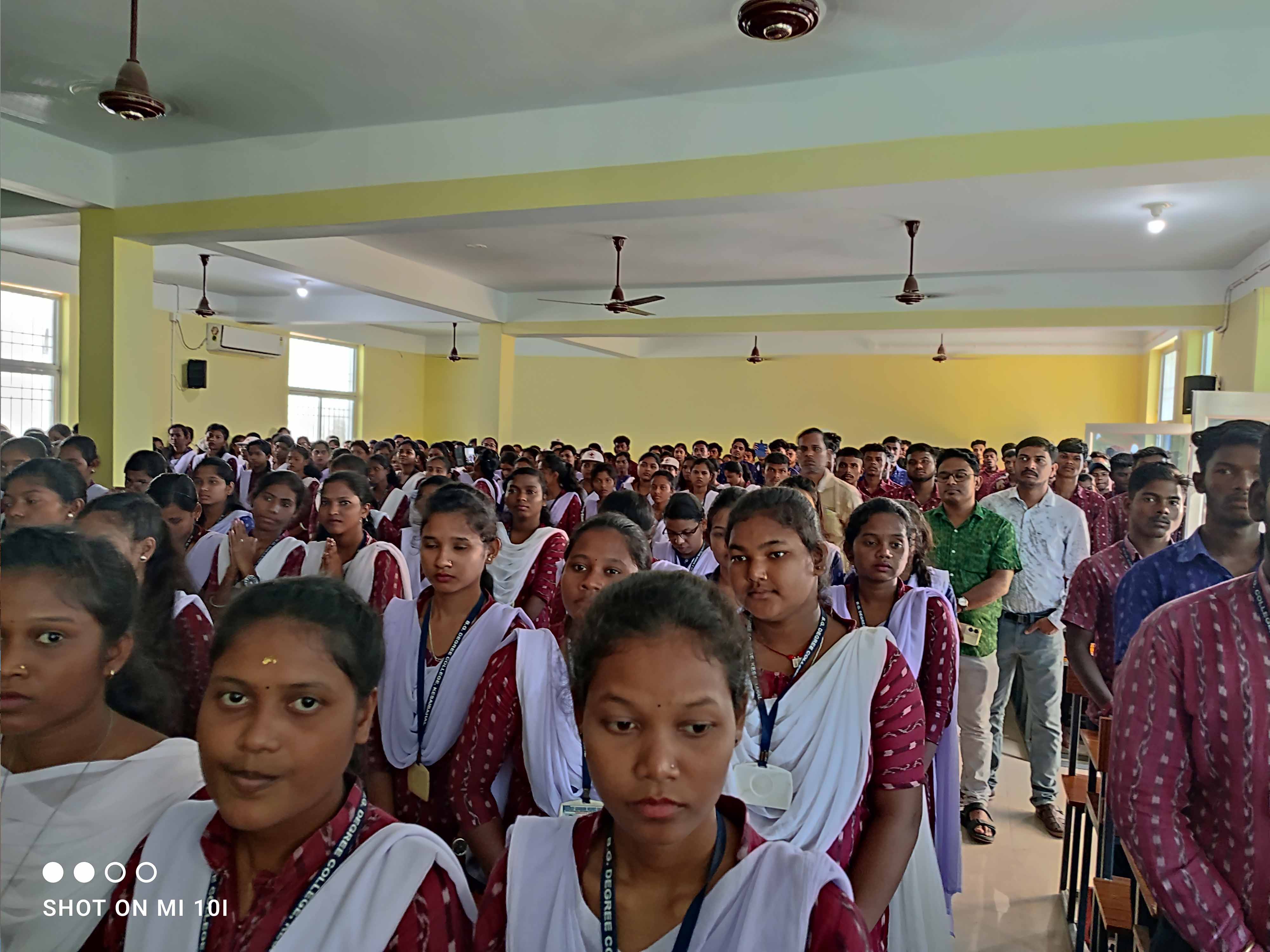

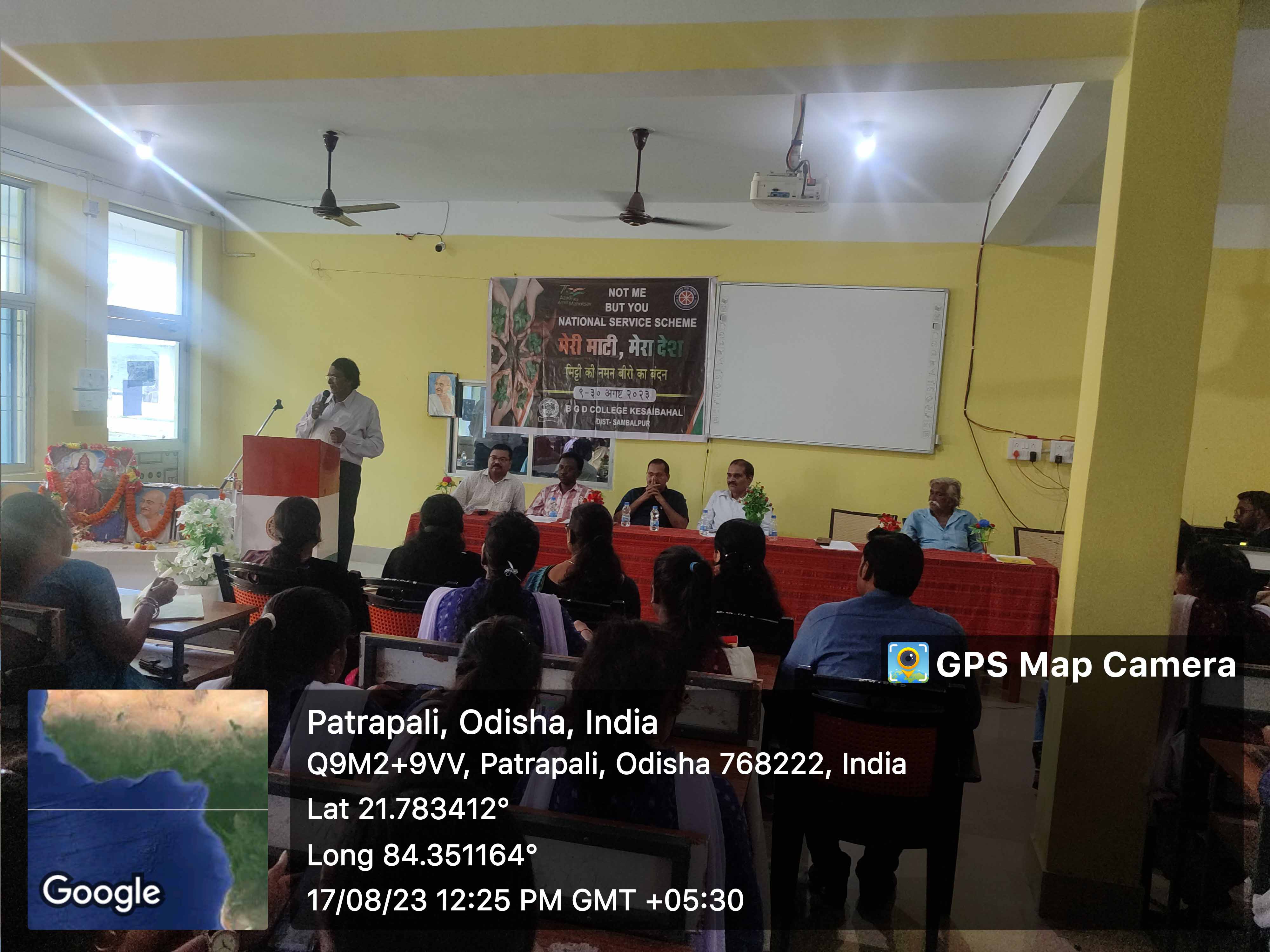
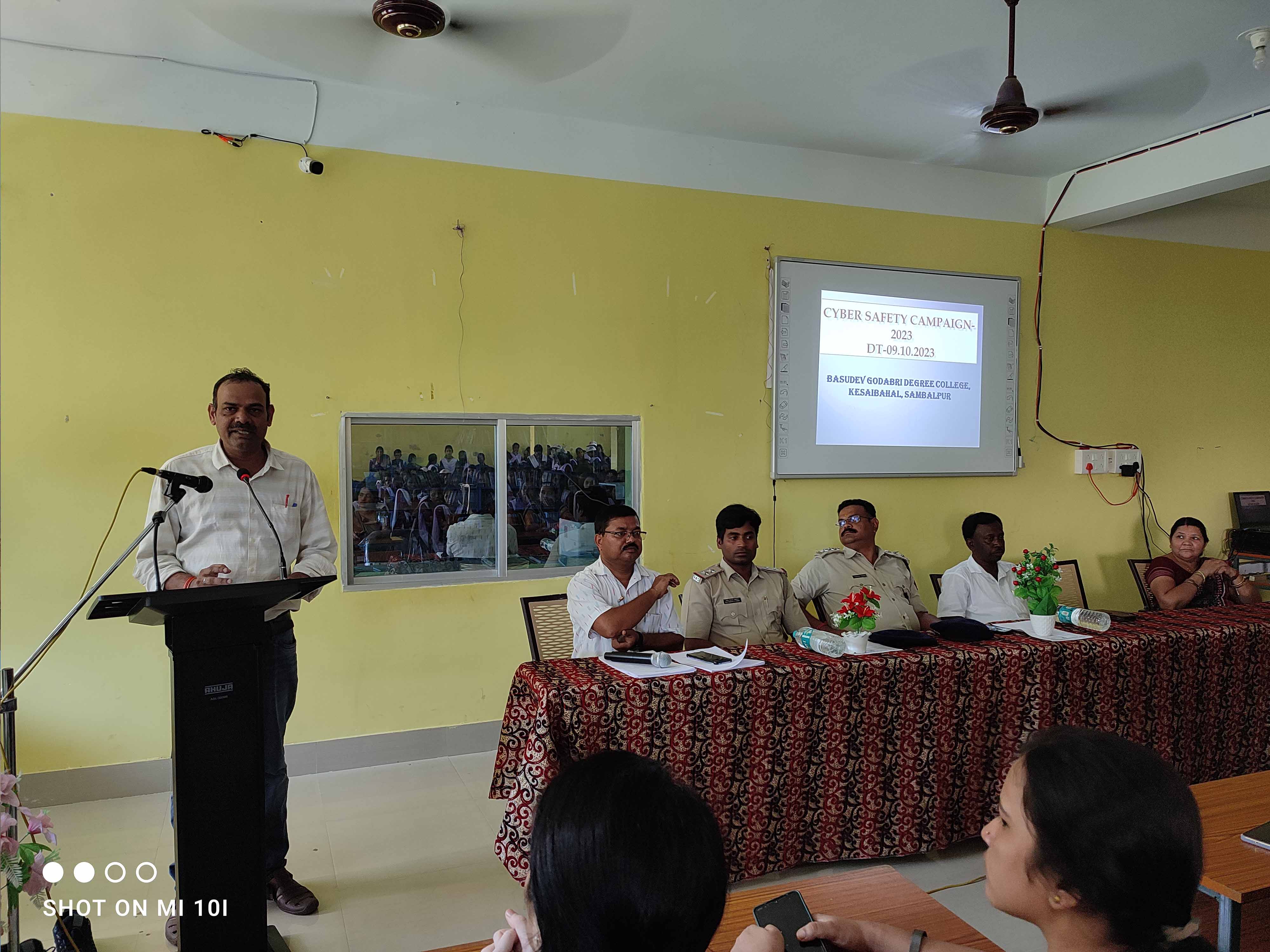

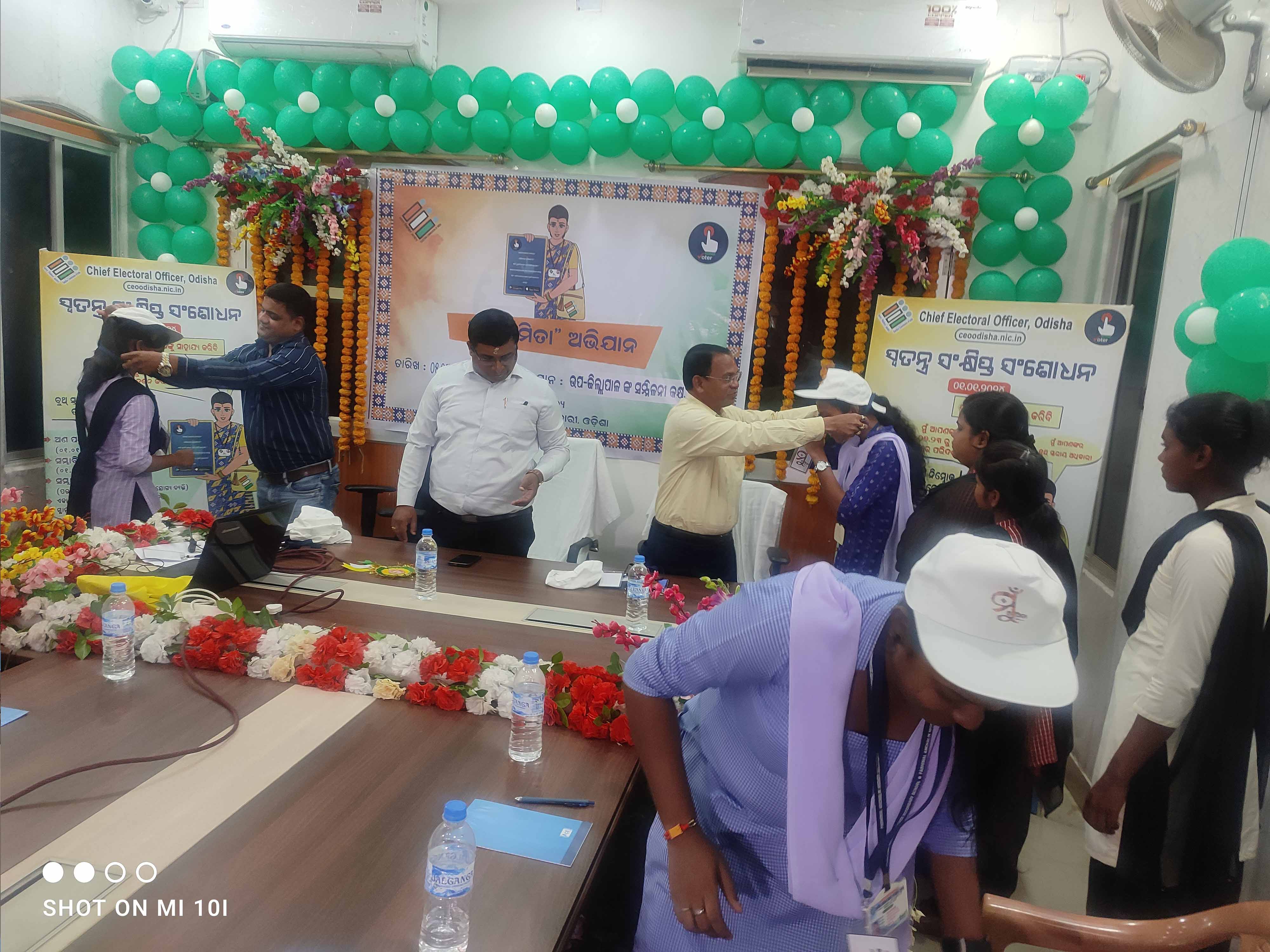


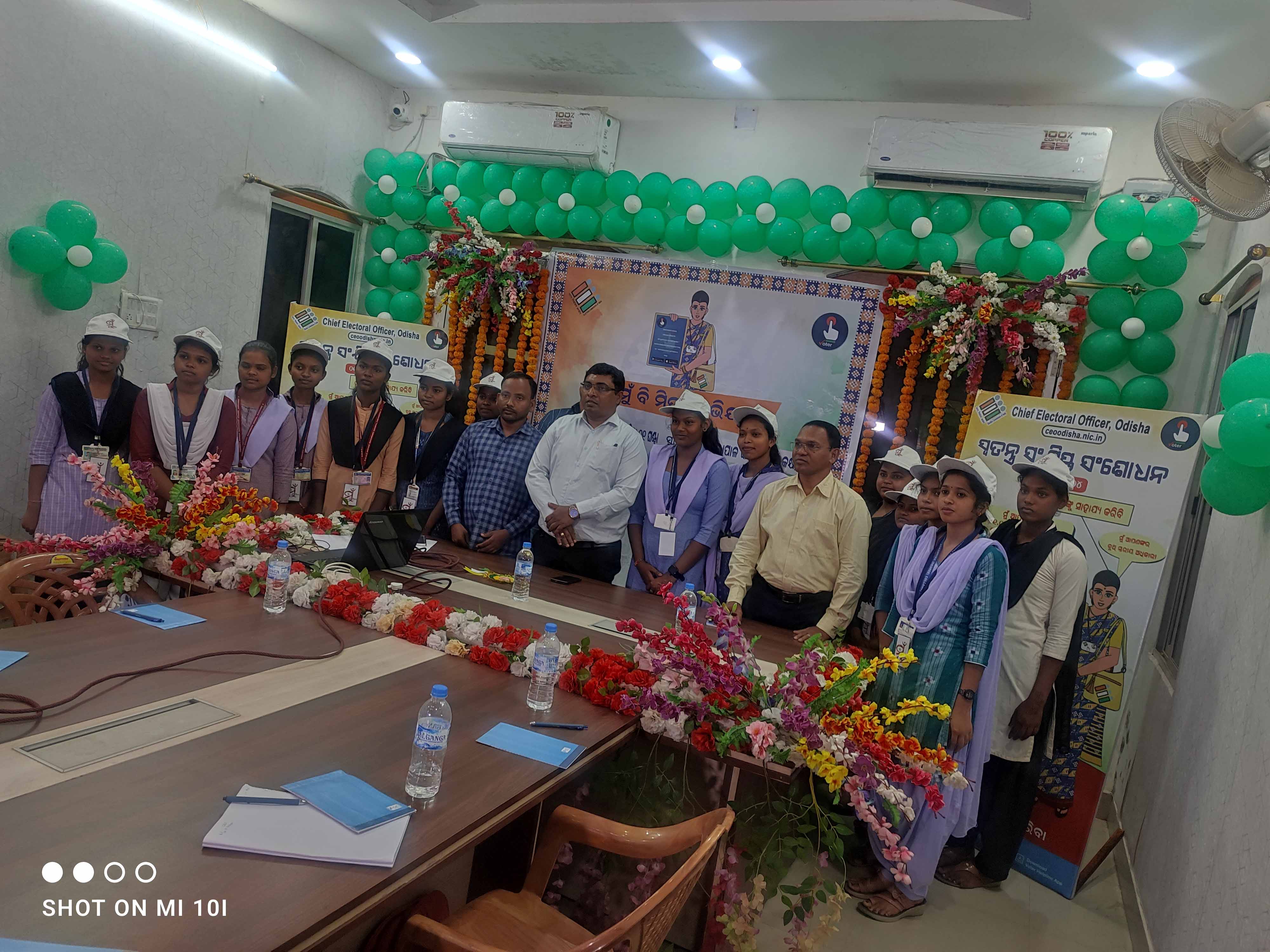
.jpg)
.jpg)
.jpg)
.jpg)
.jpg)
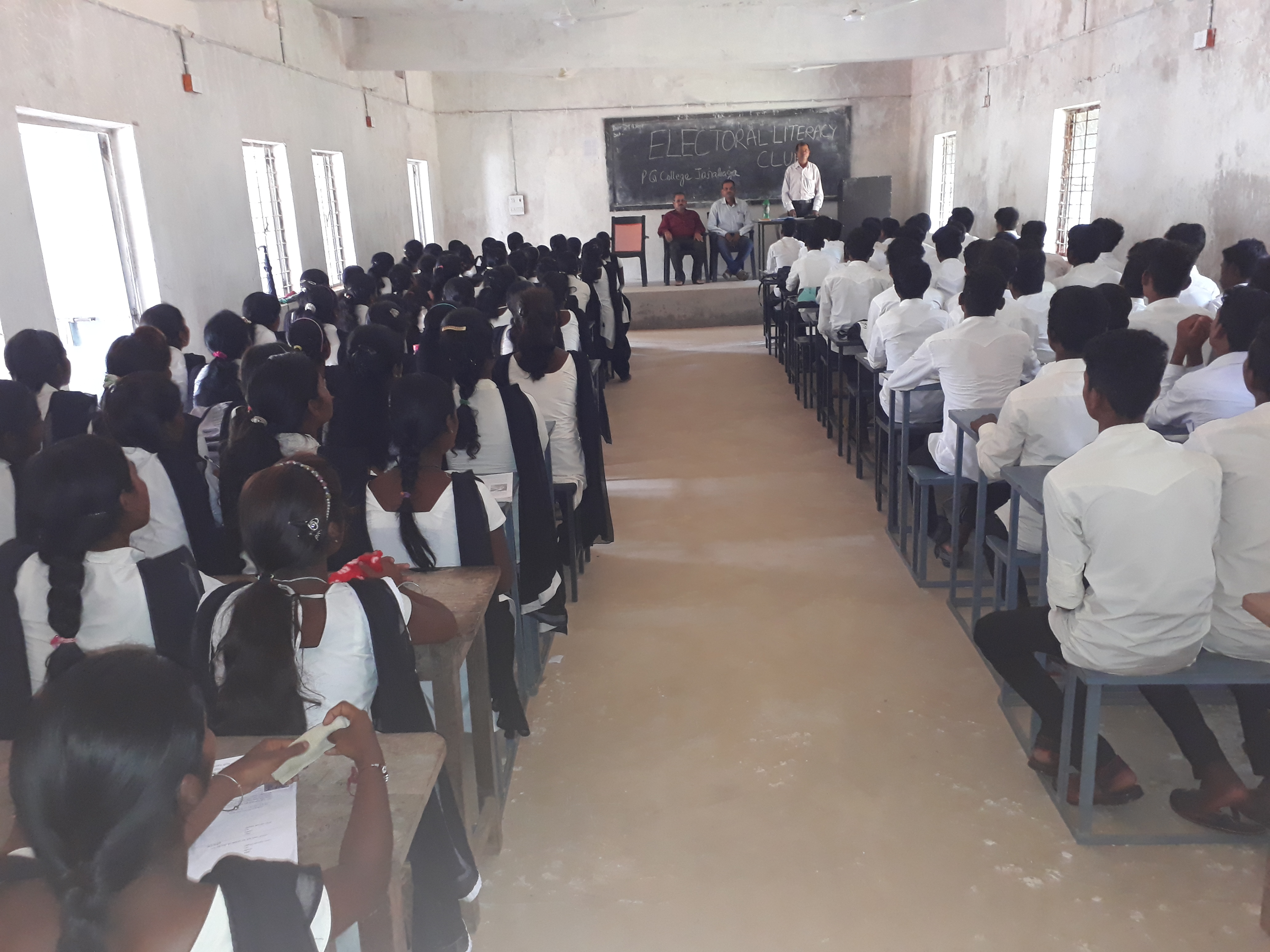
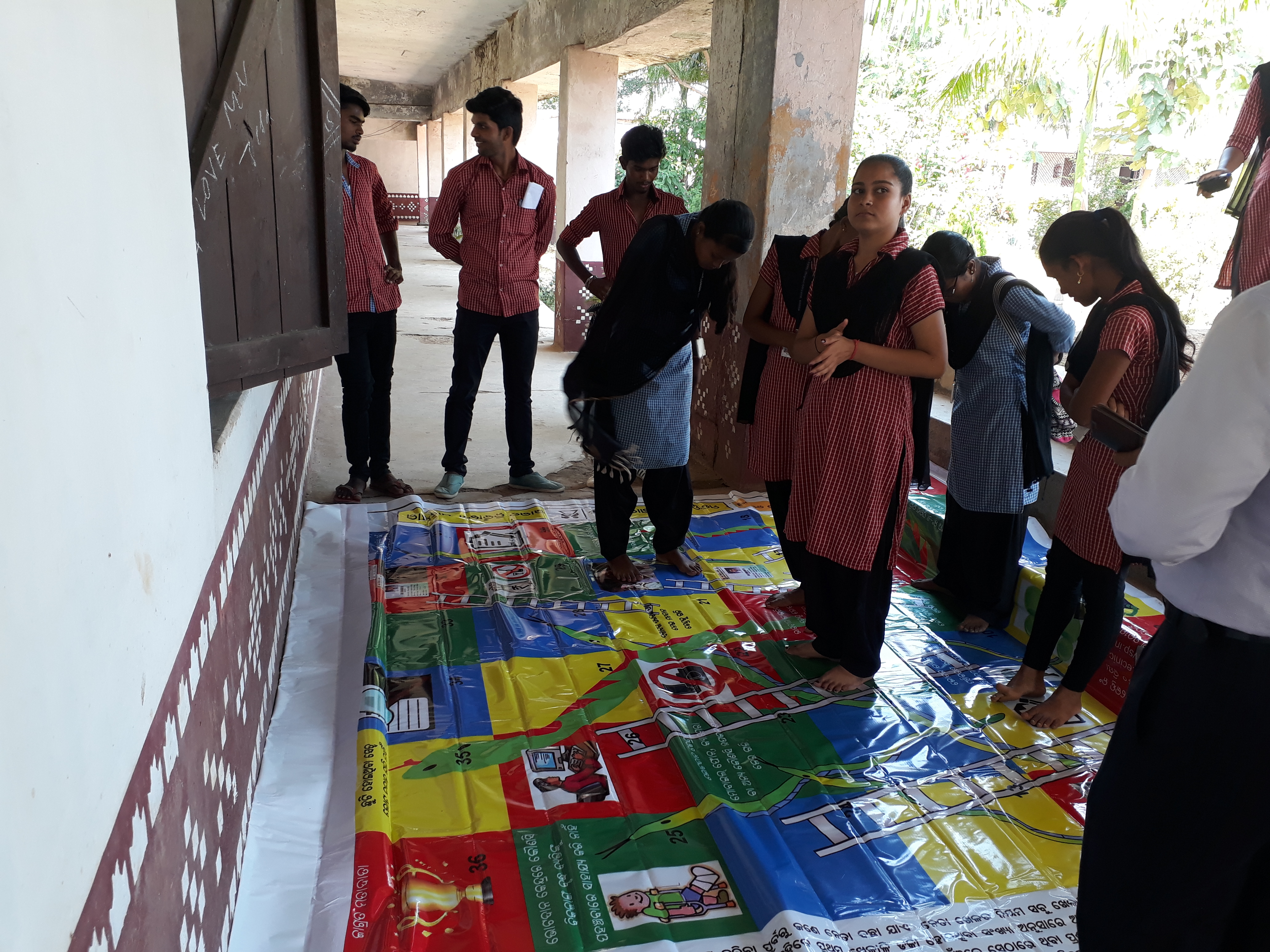

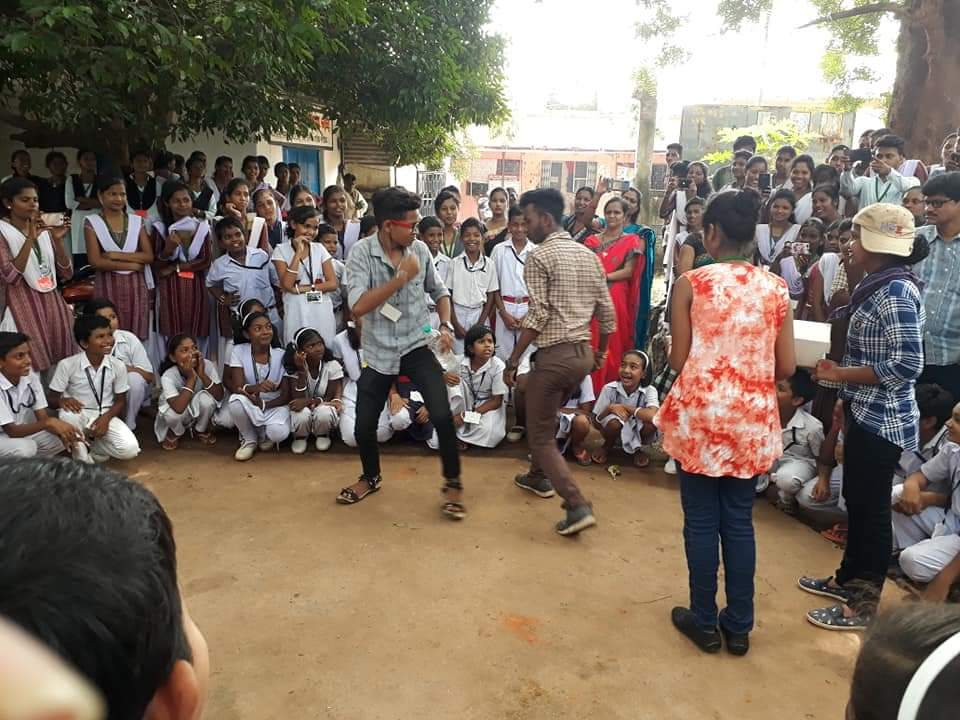
.jpg)

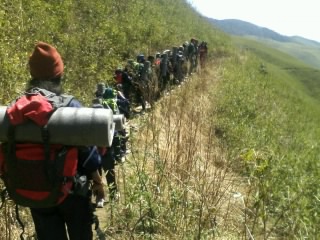
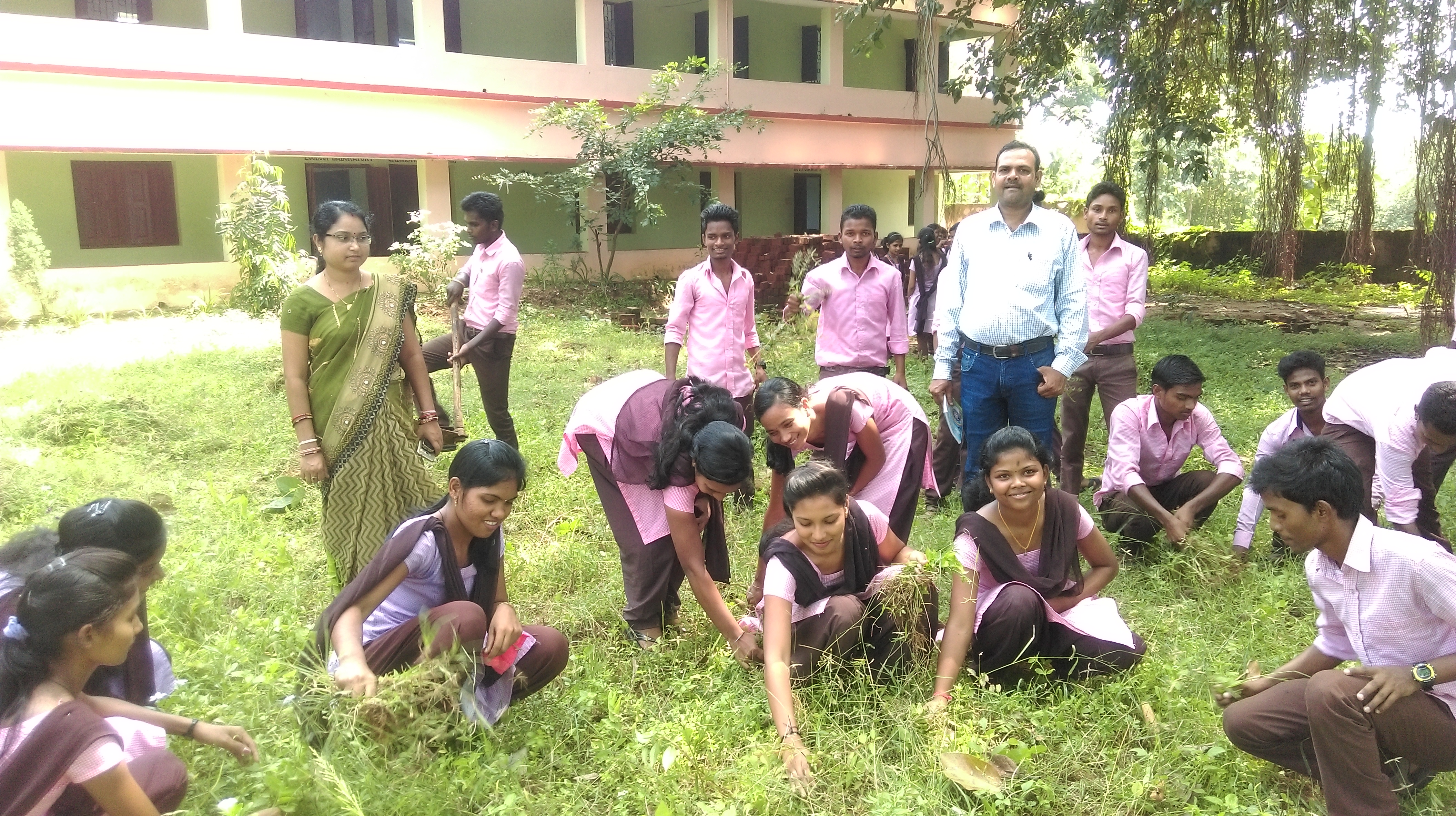
.jpg)

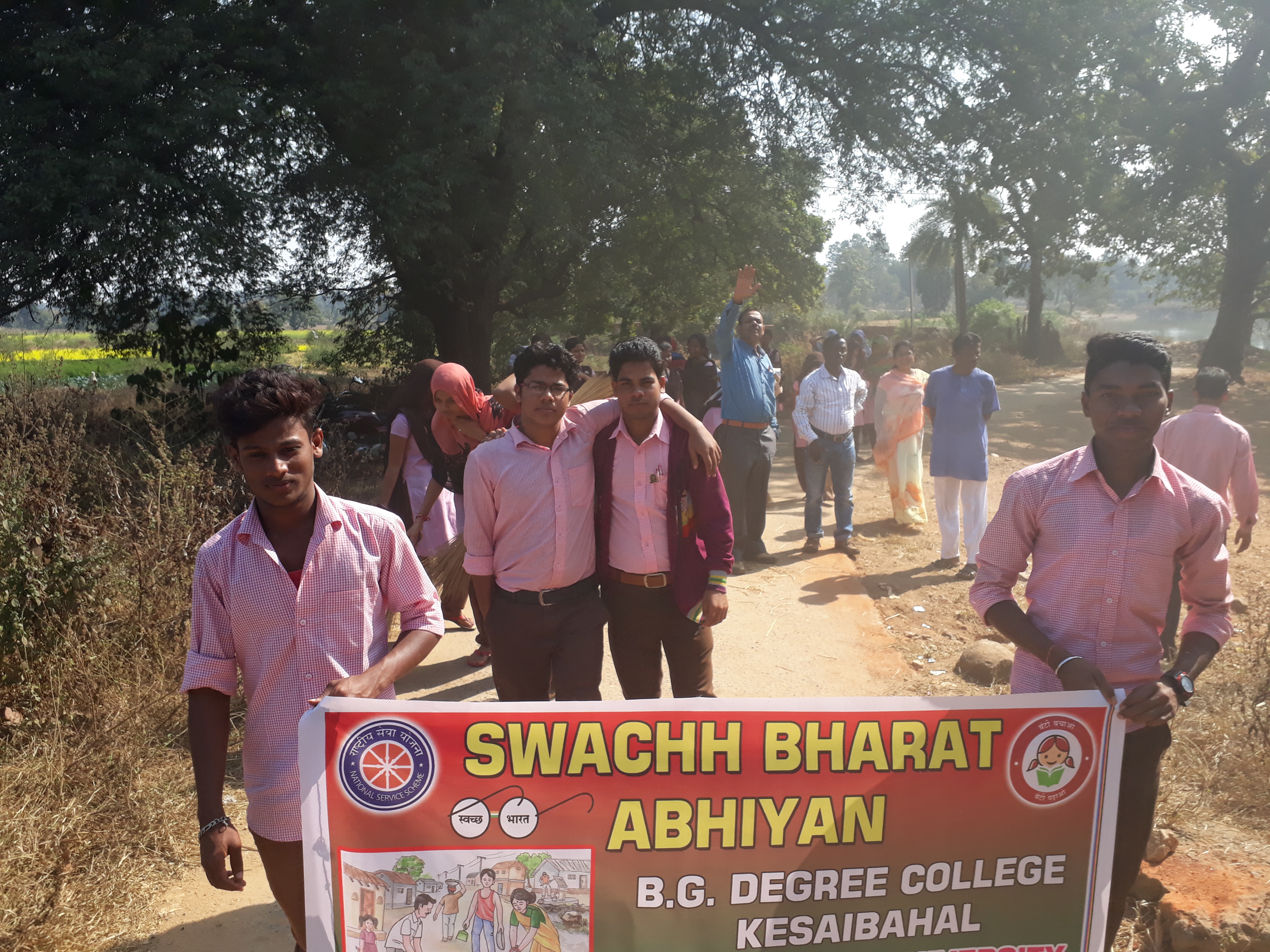
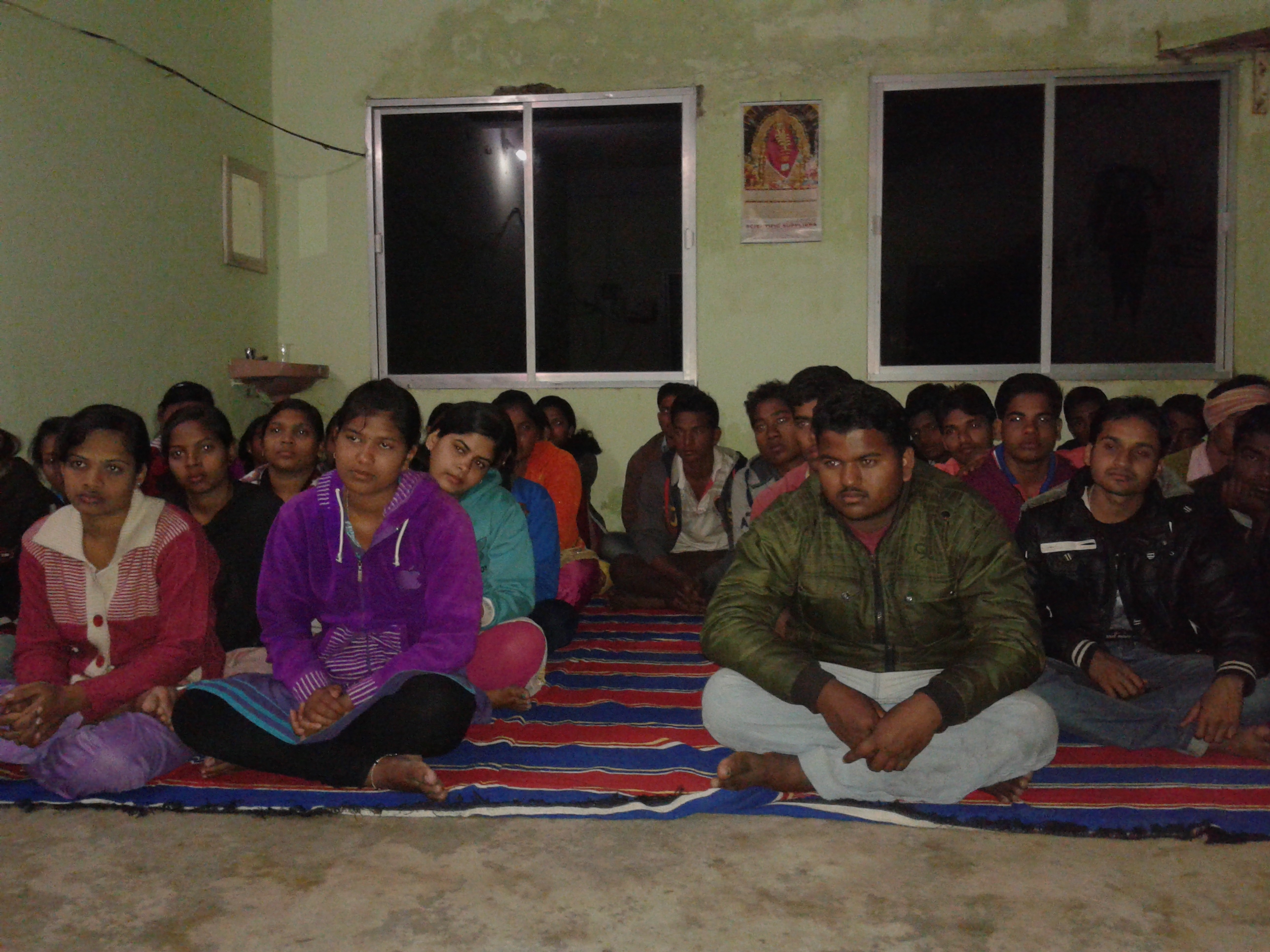


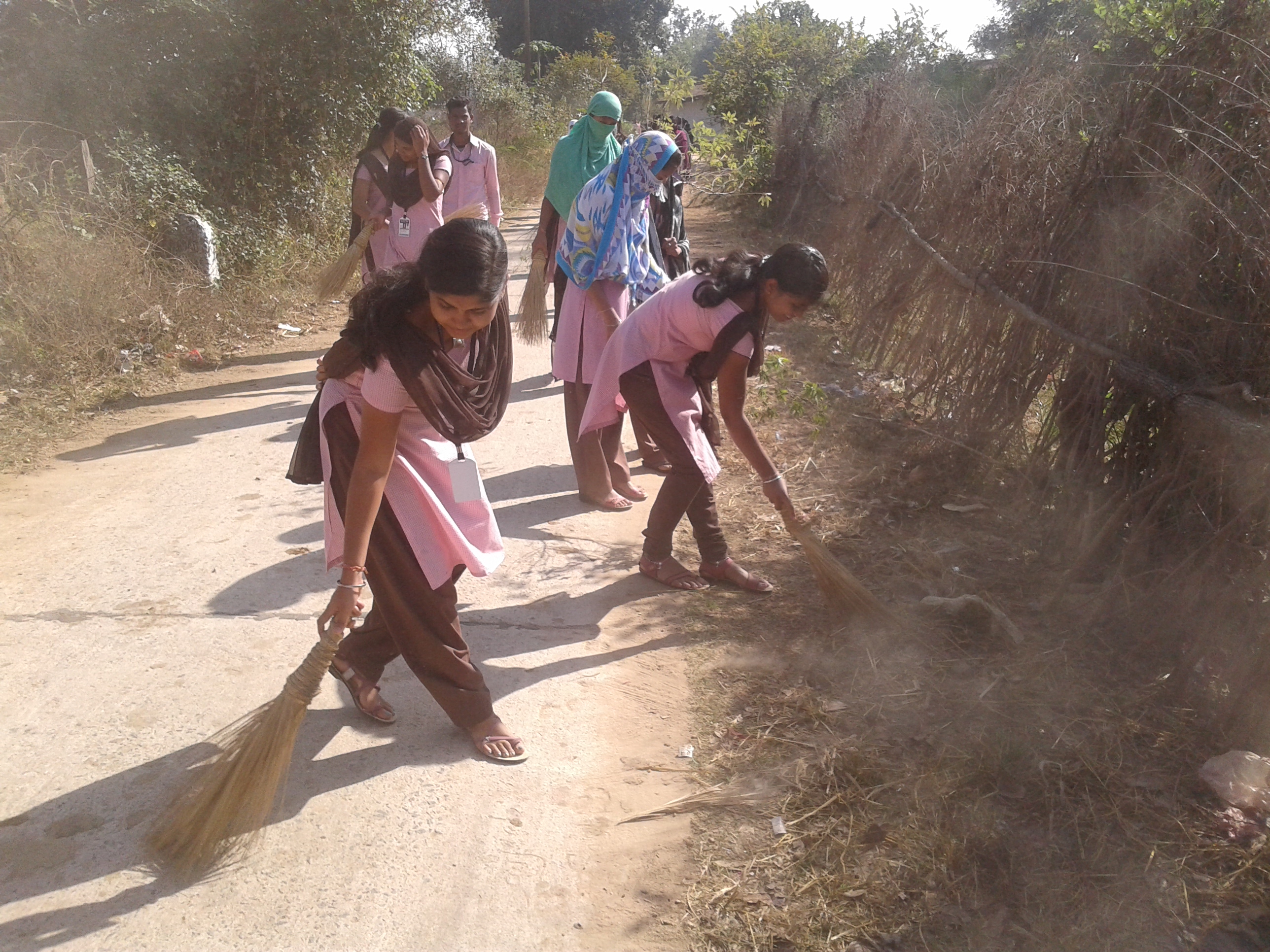

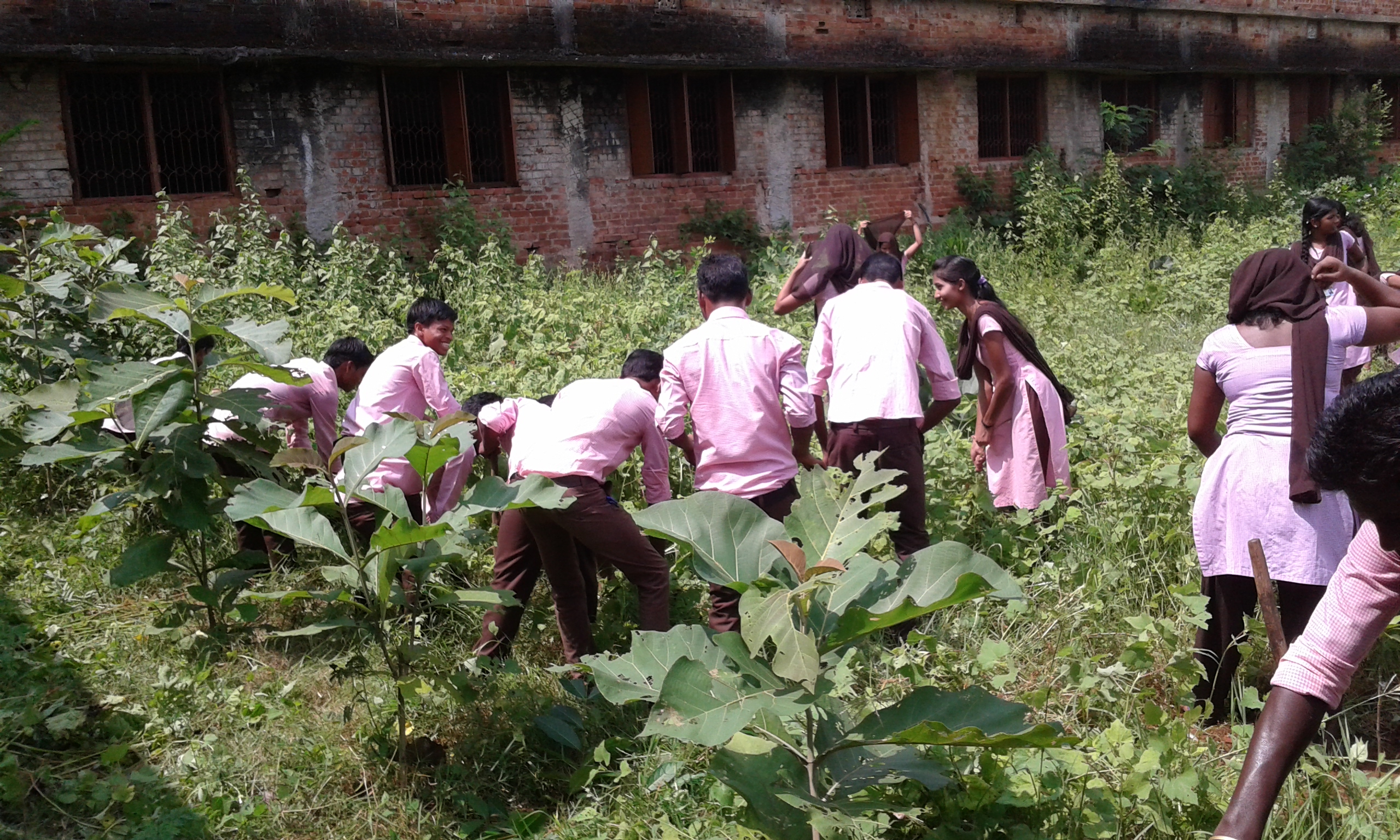

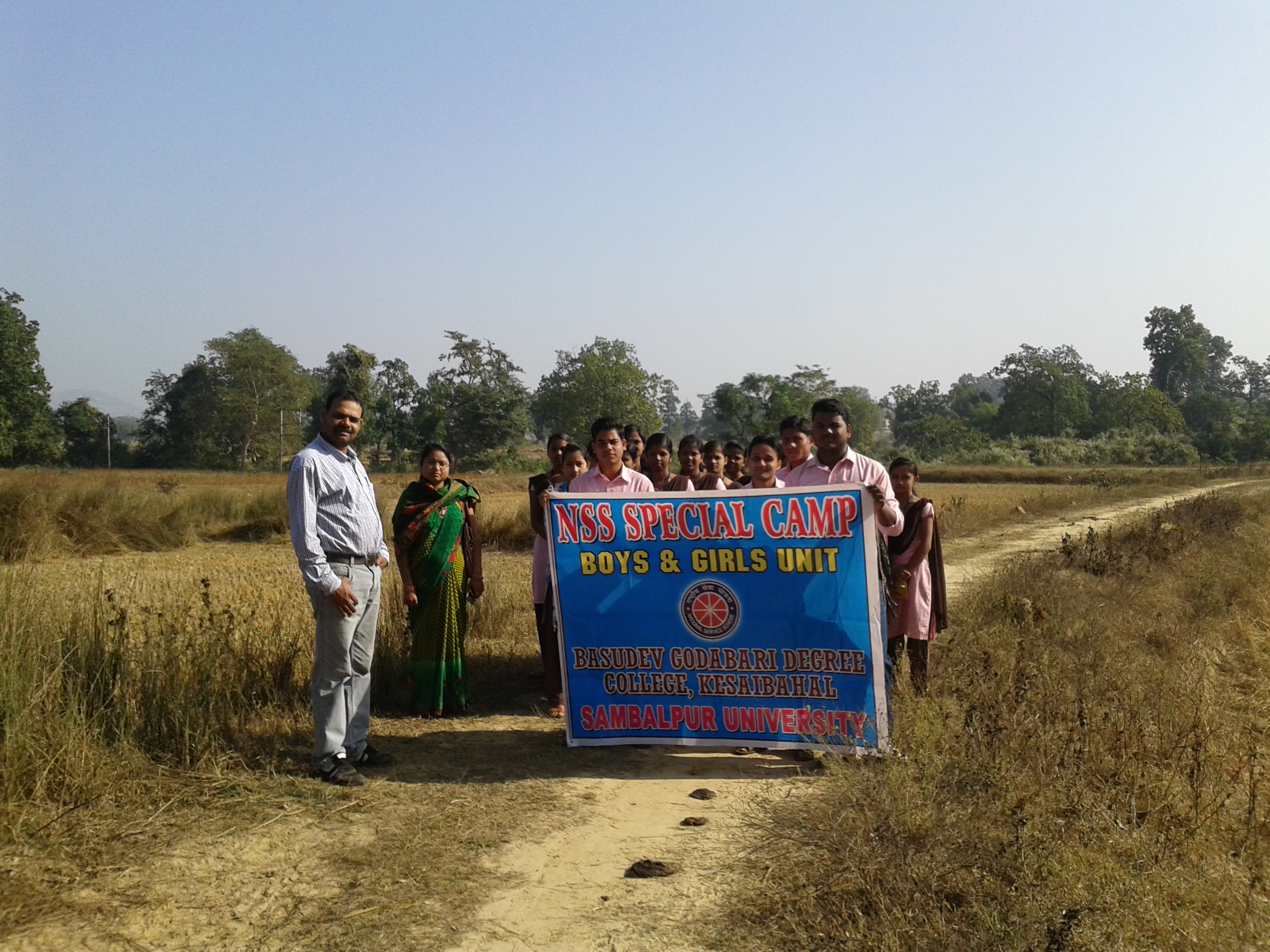




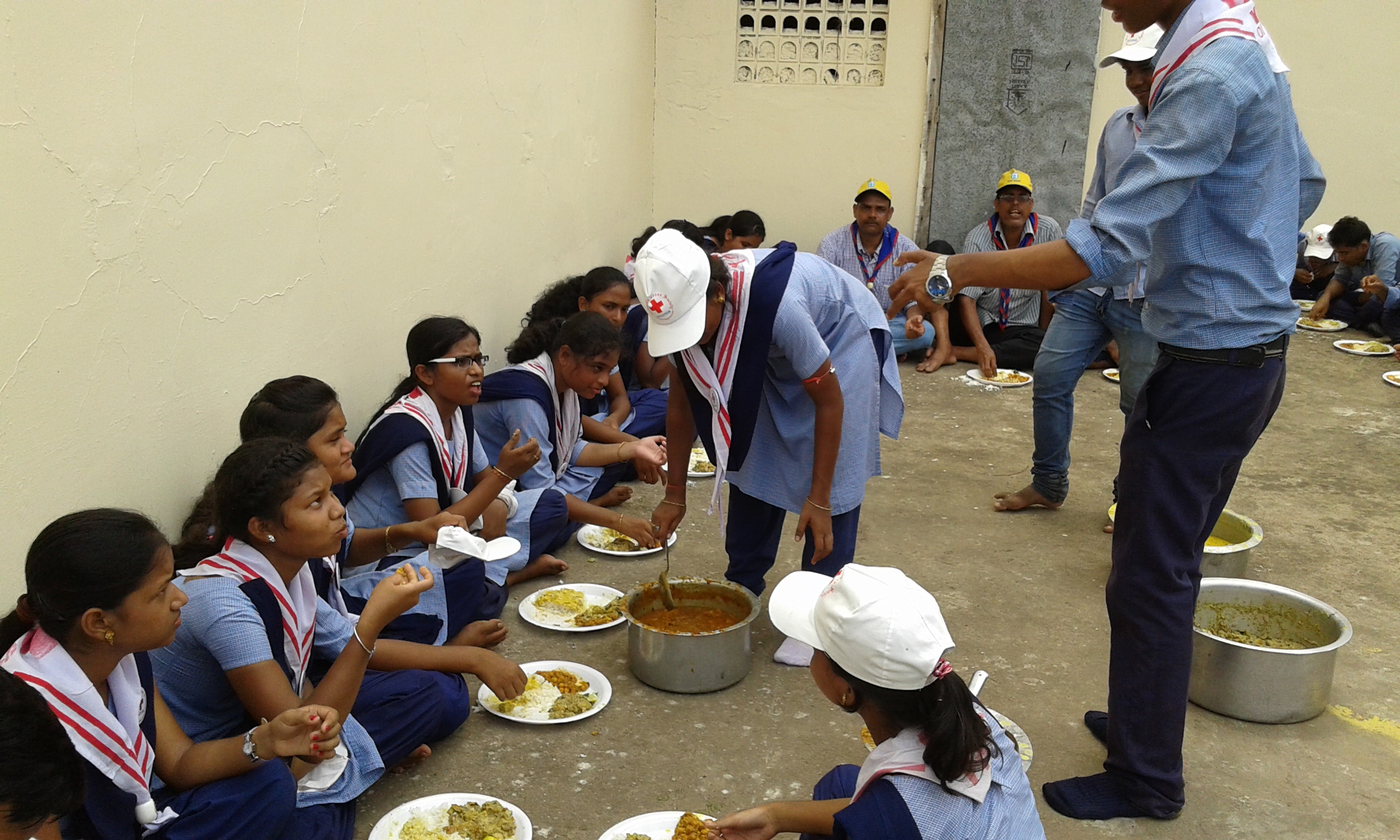
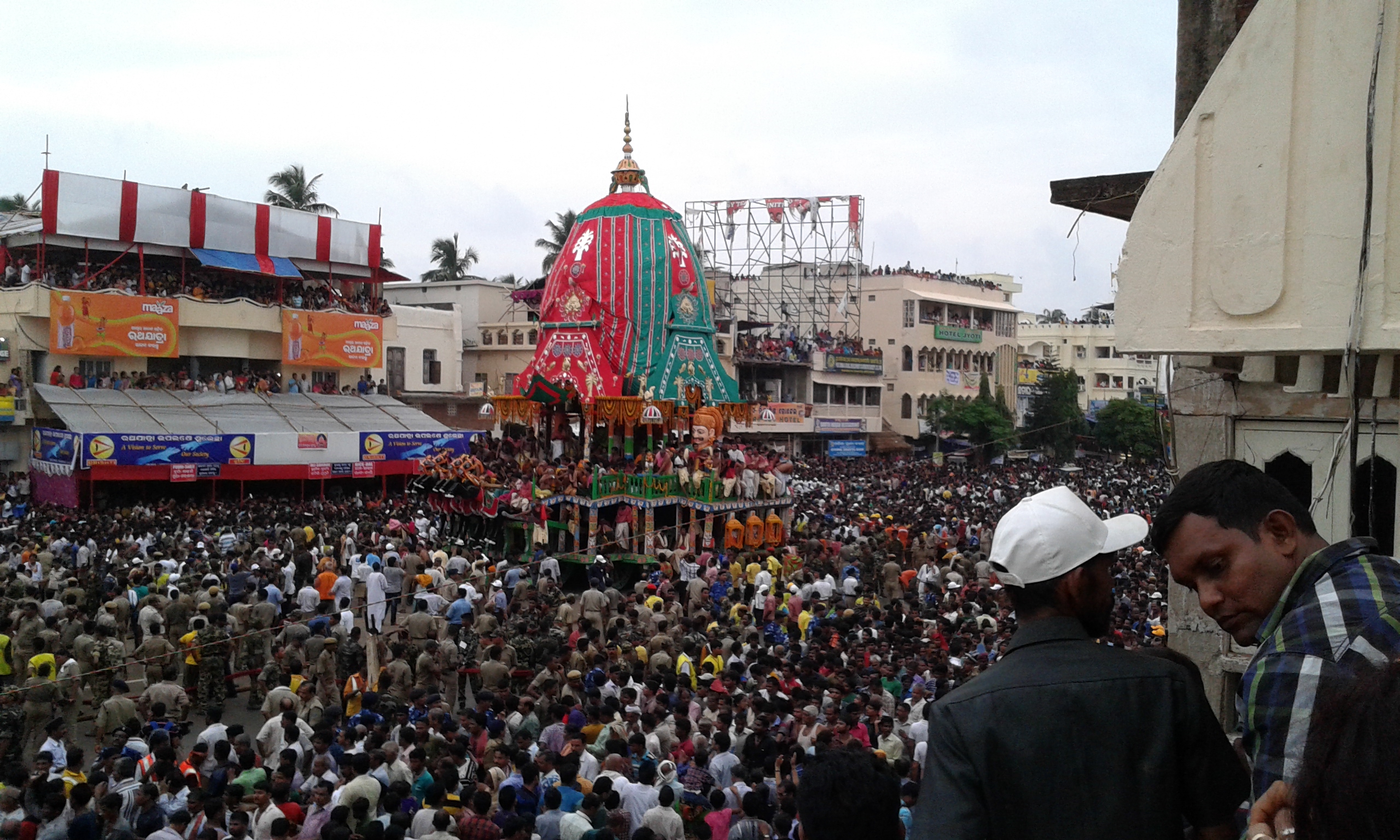
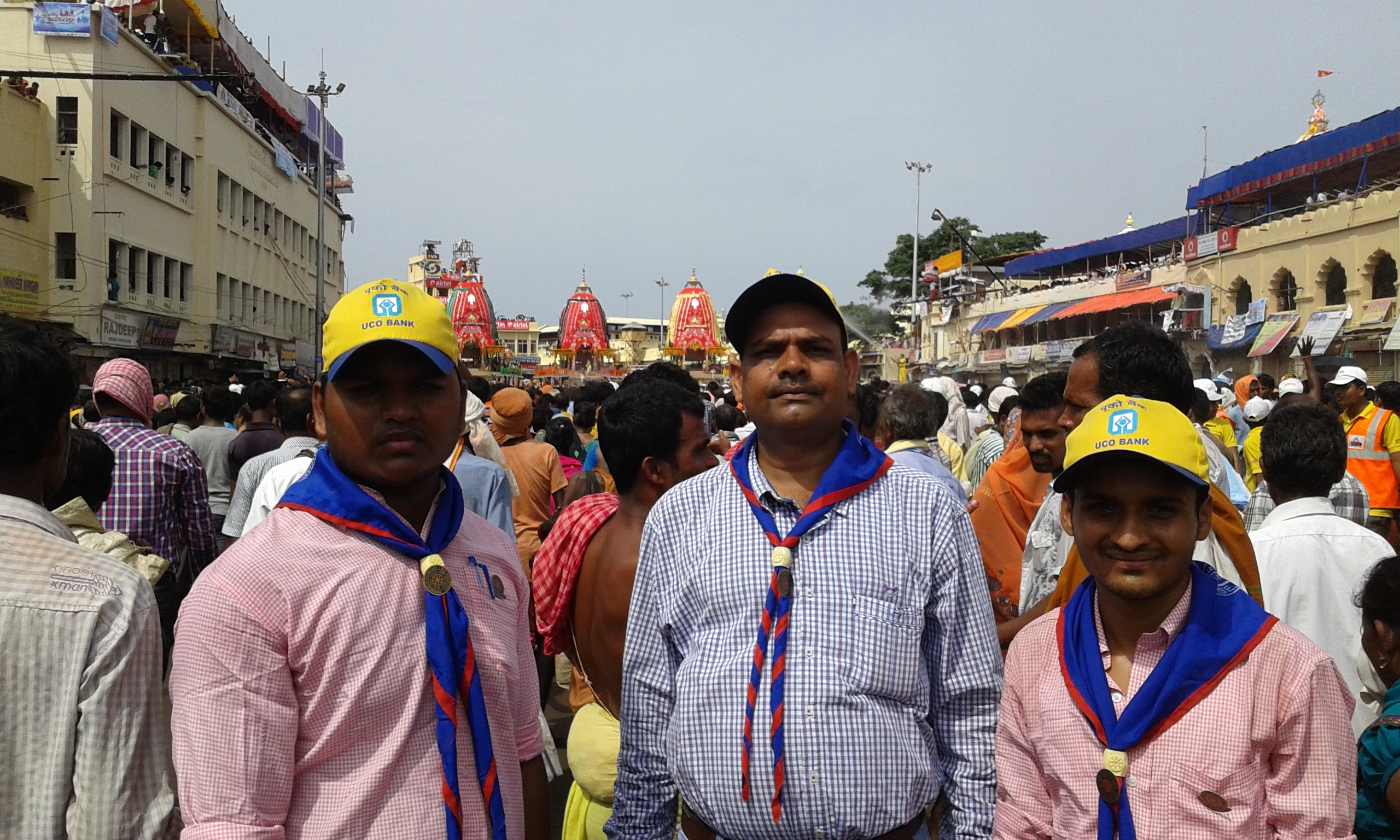

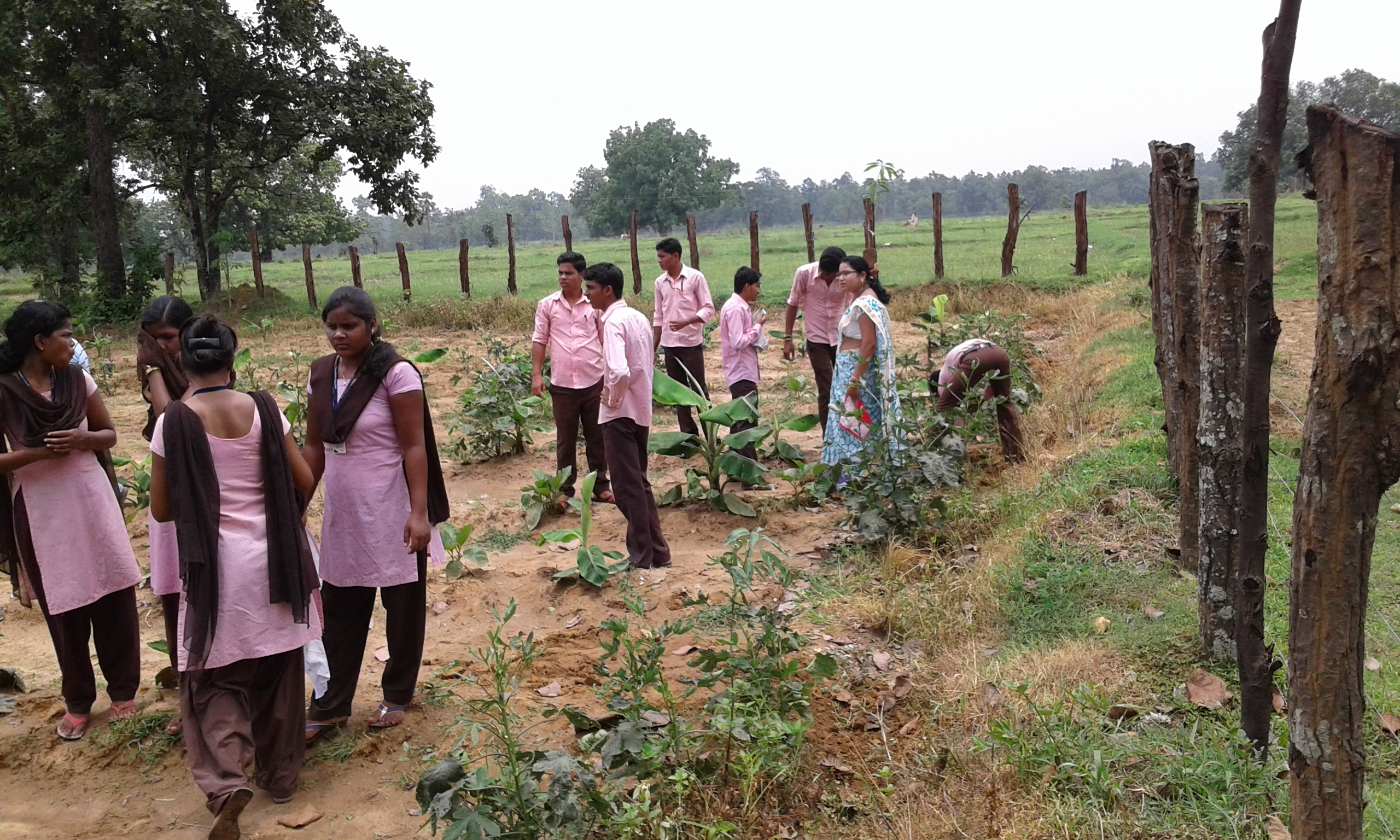


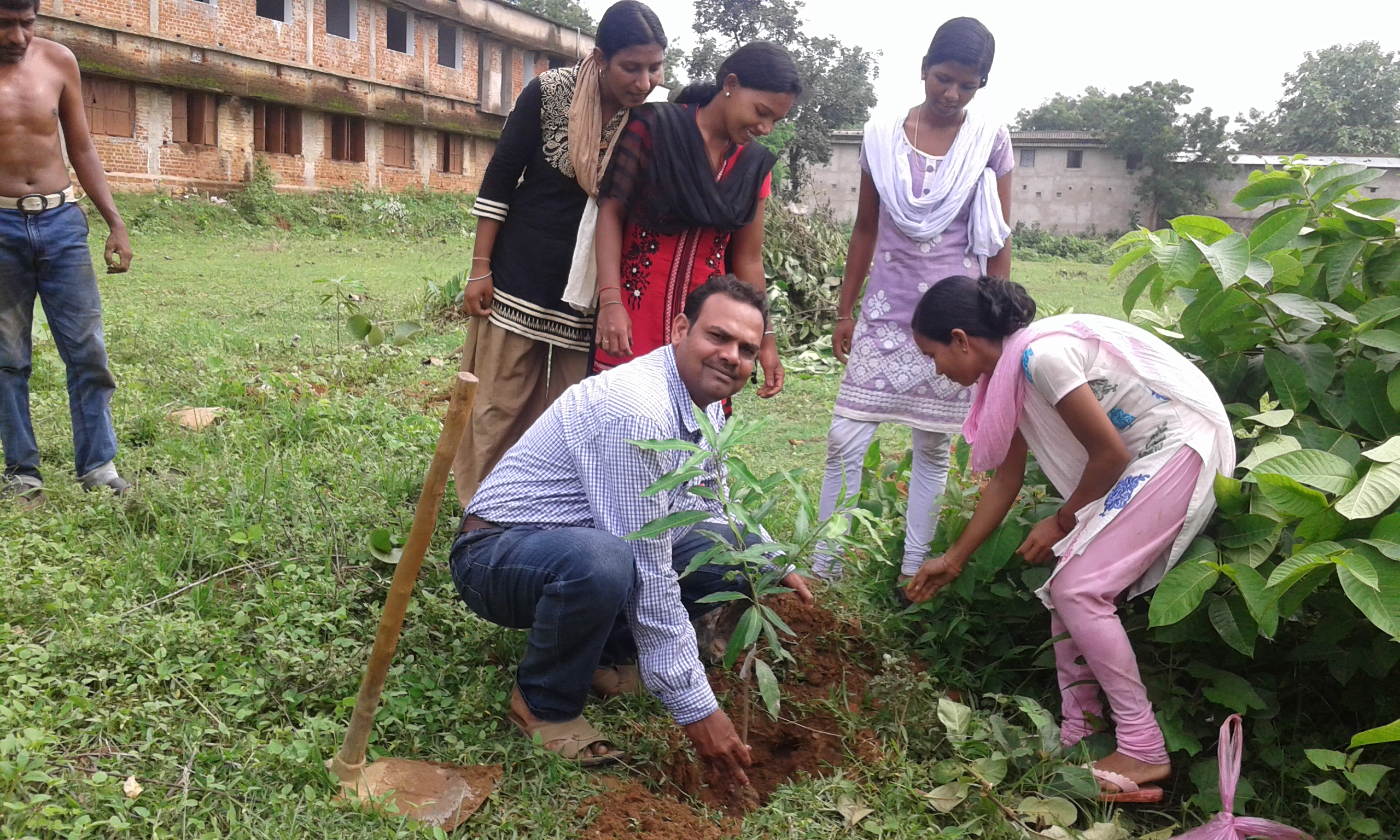
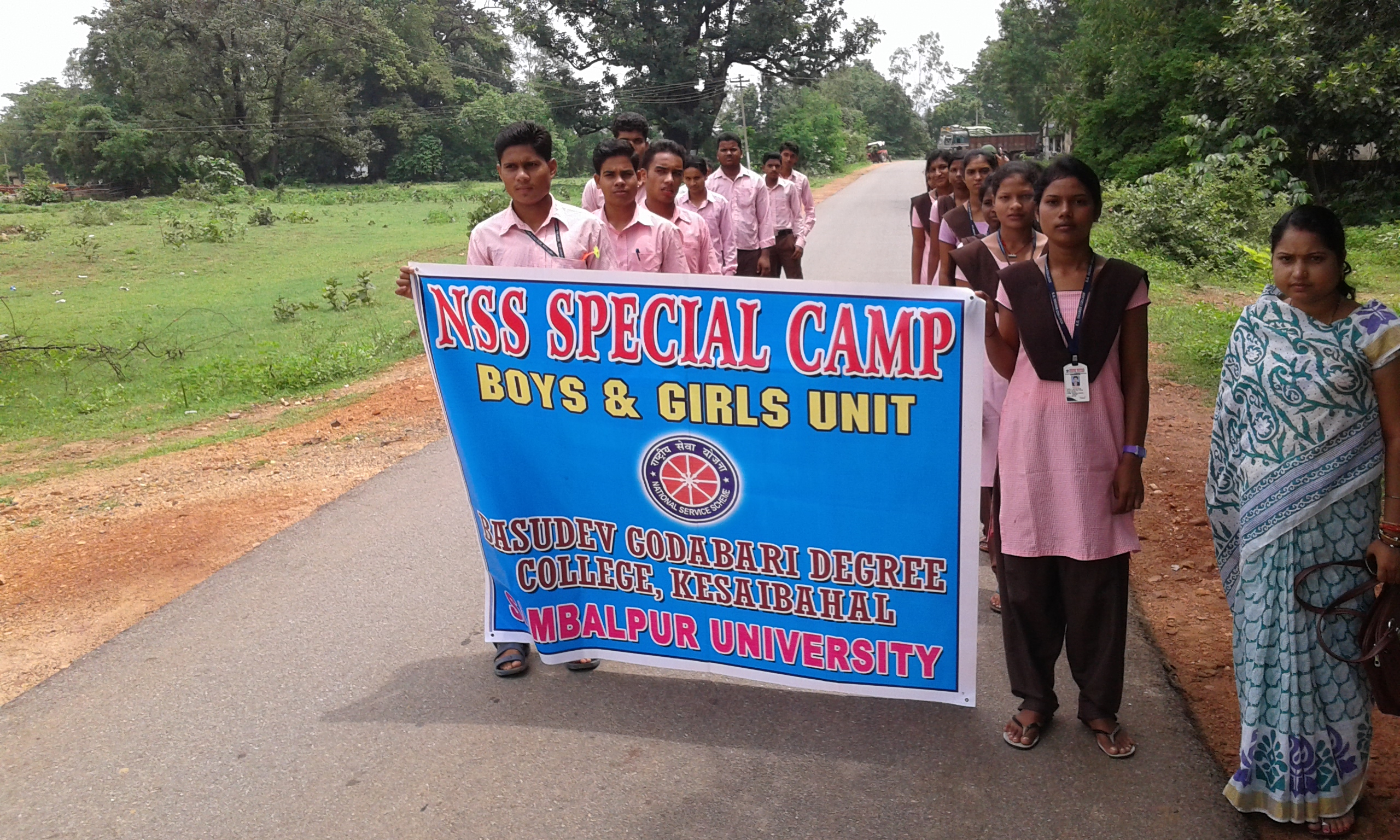
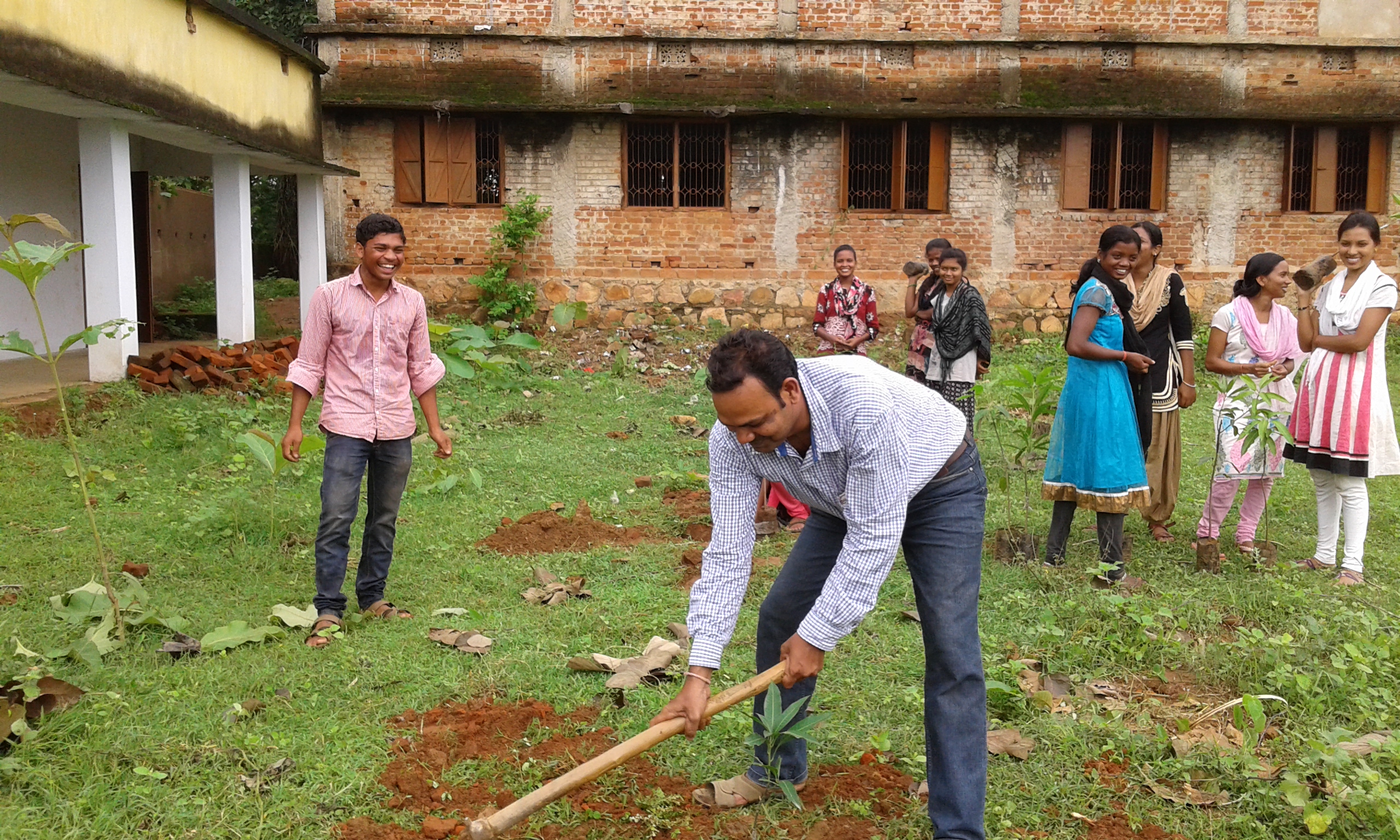




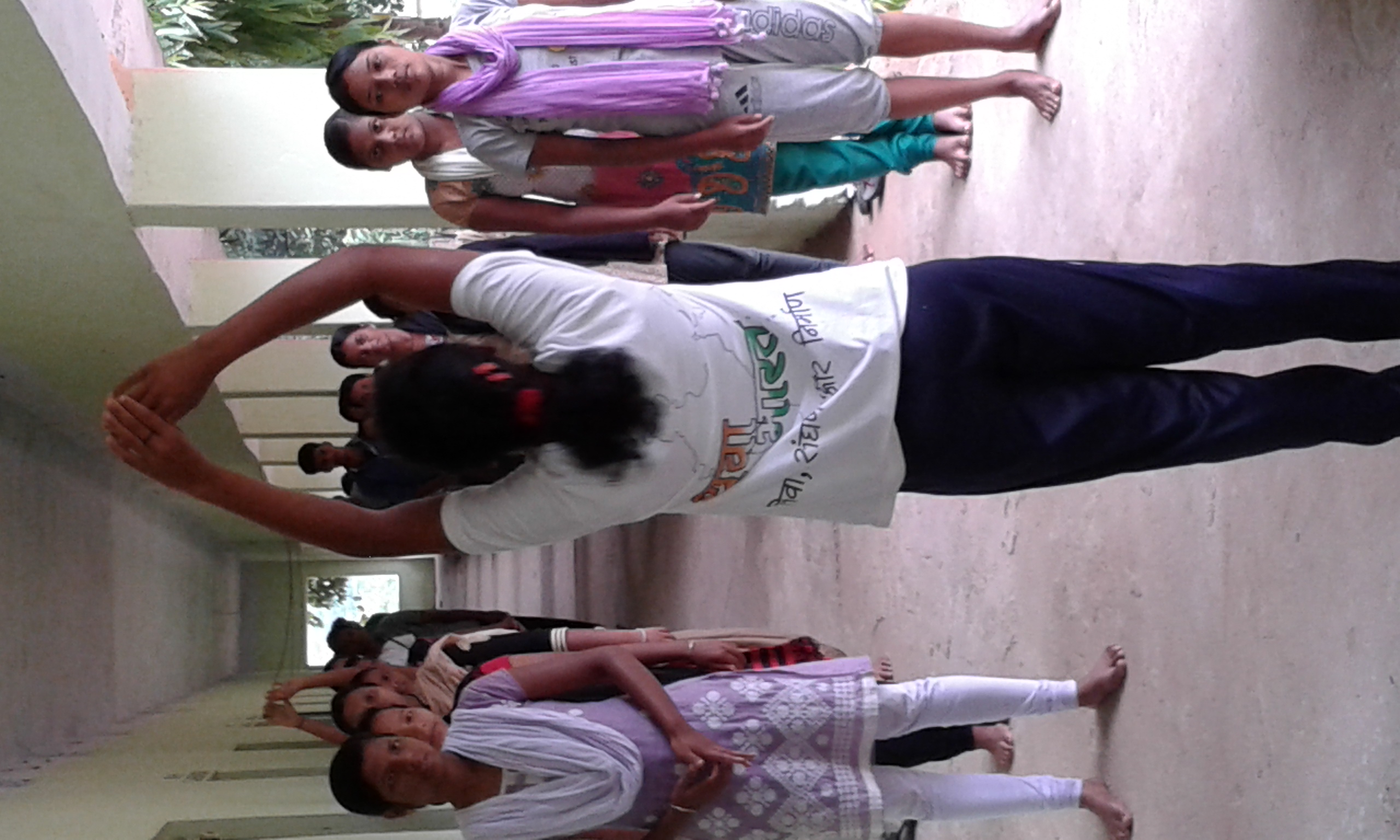

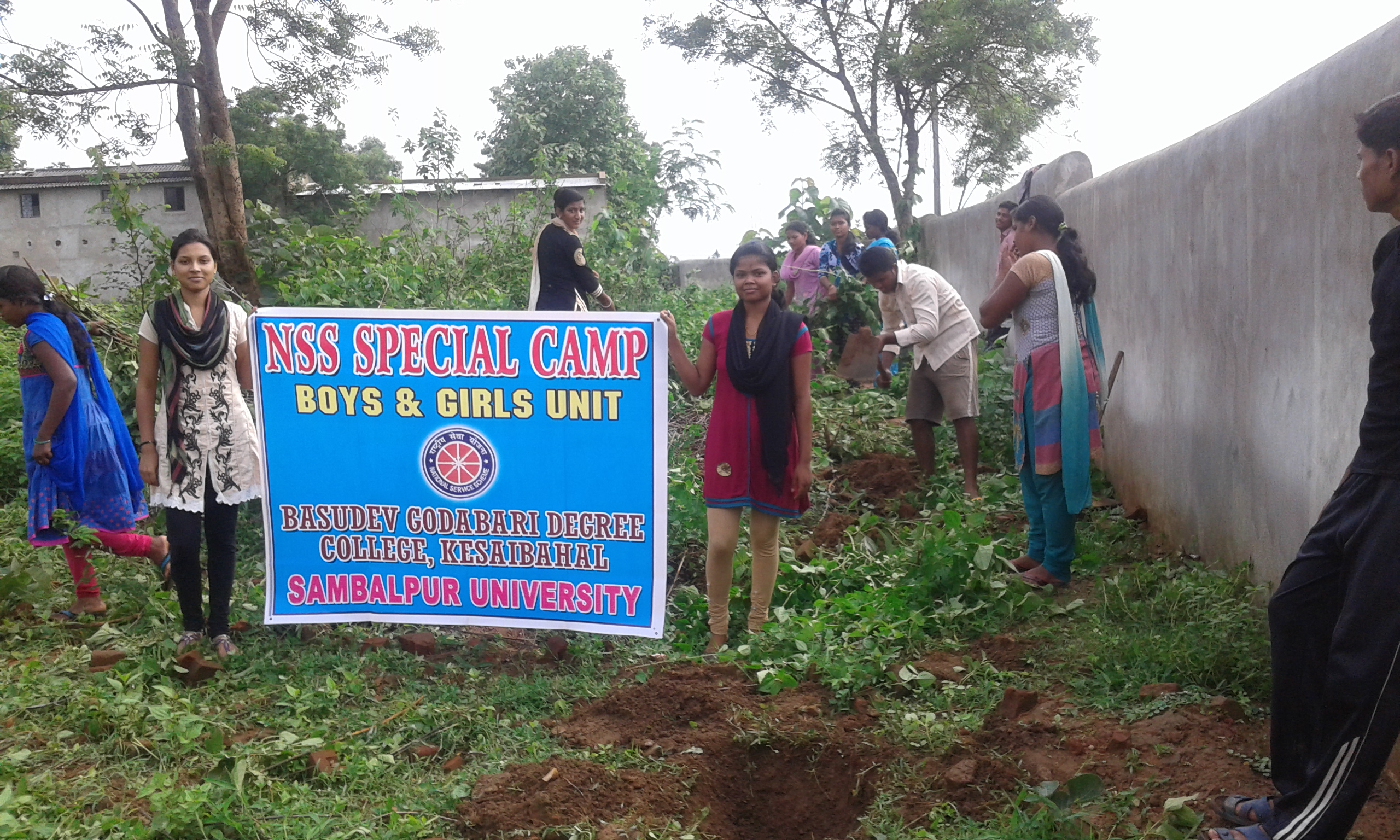



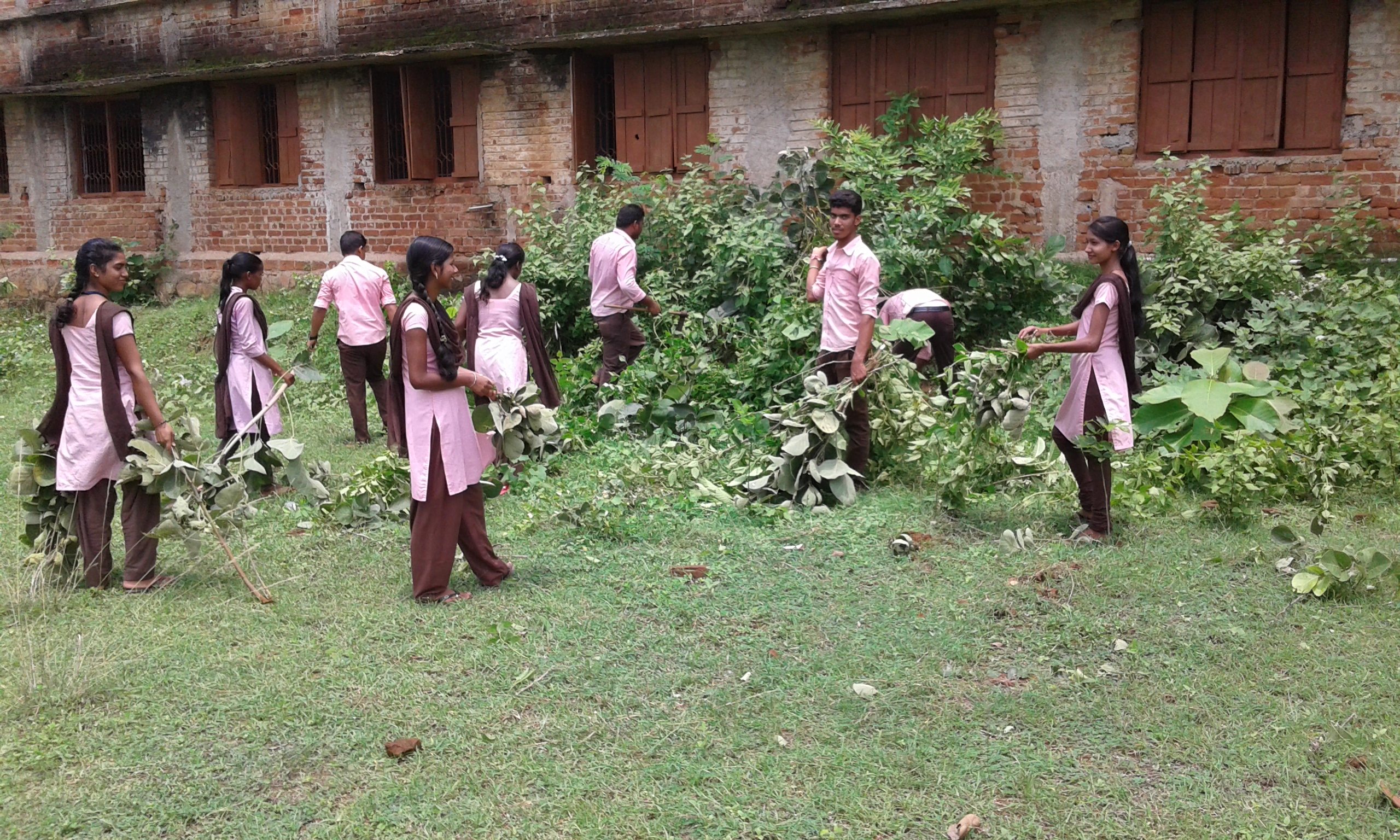
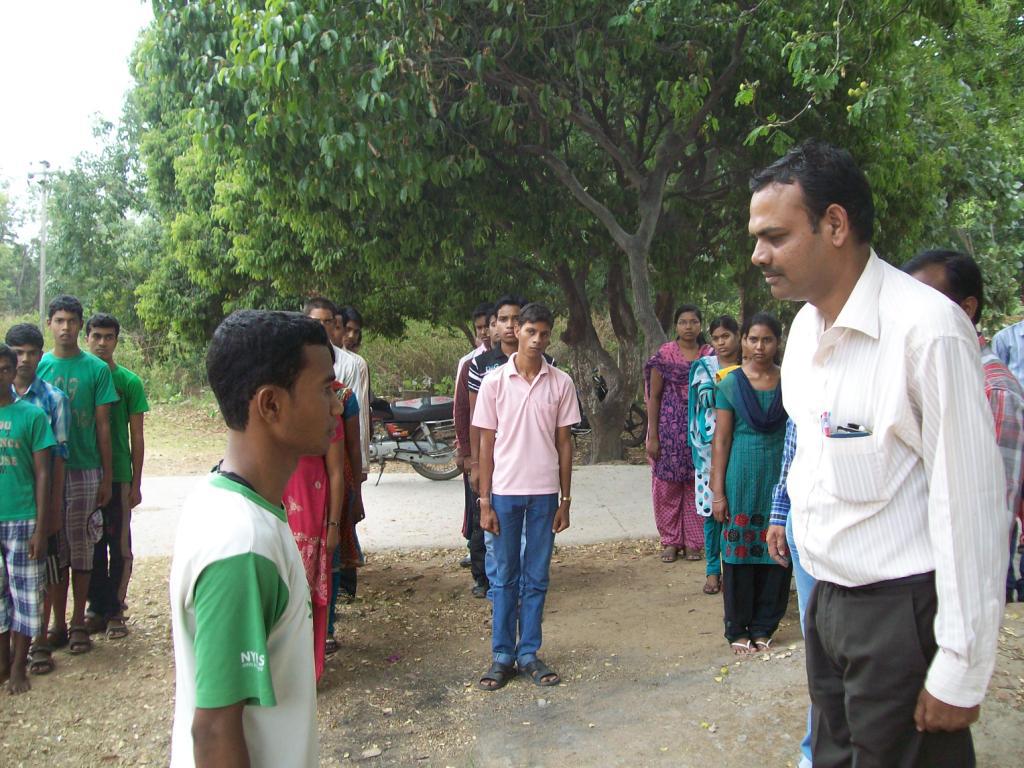

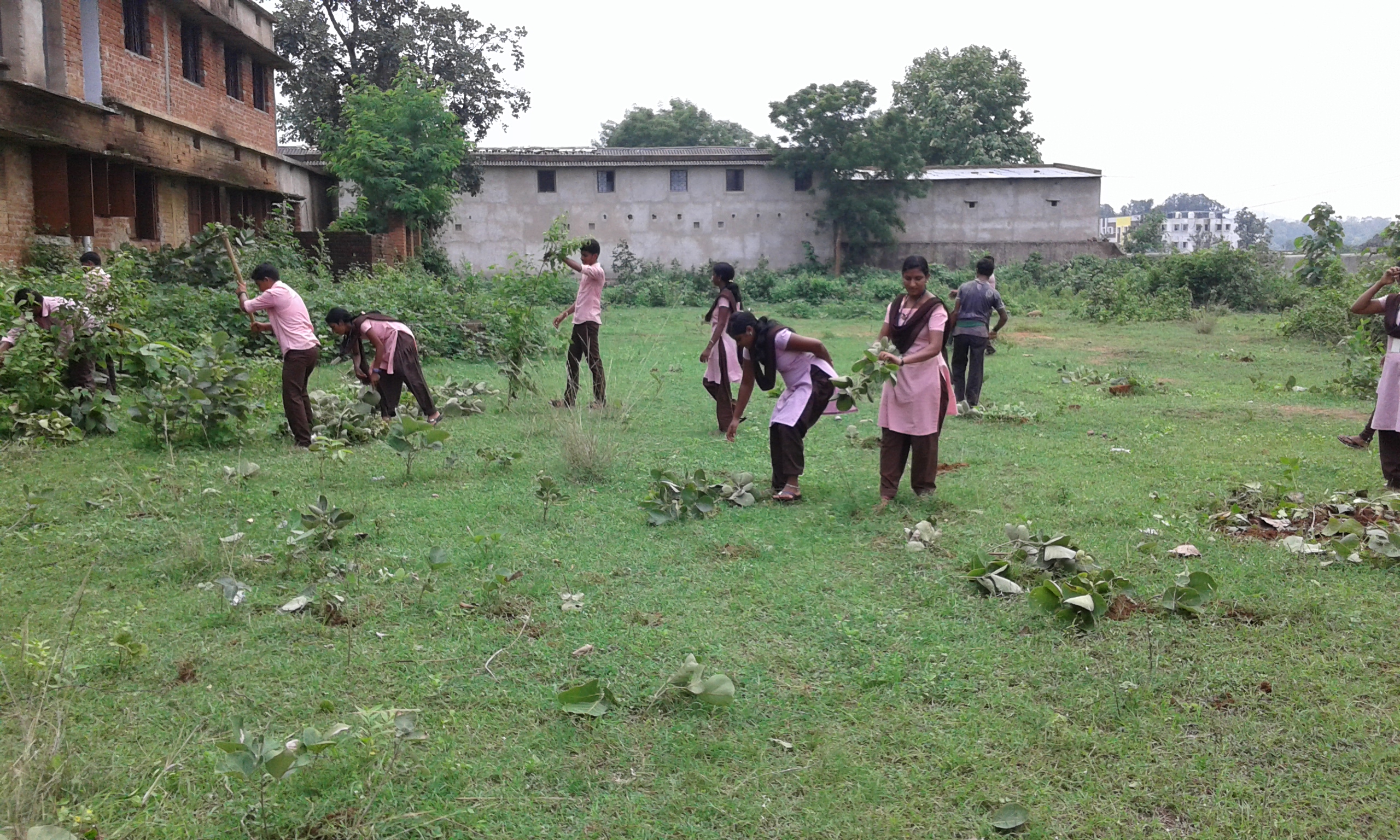
.jpg)
.jpg)
.jpg)
.jpg)
.jpg)
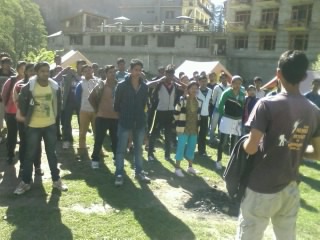
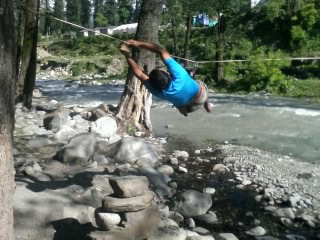
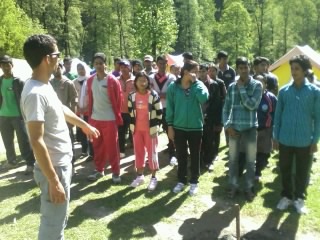
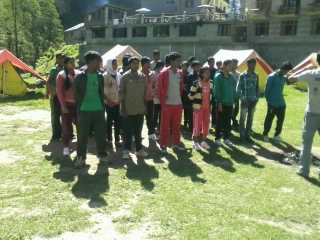


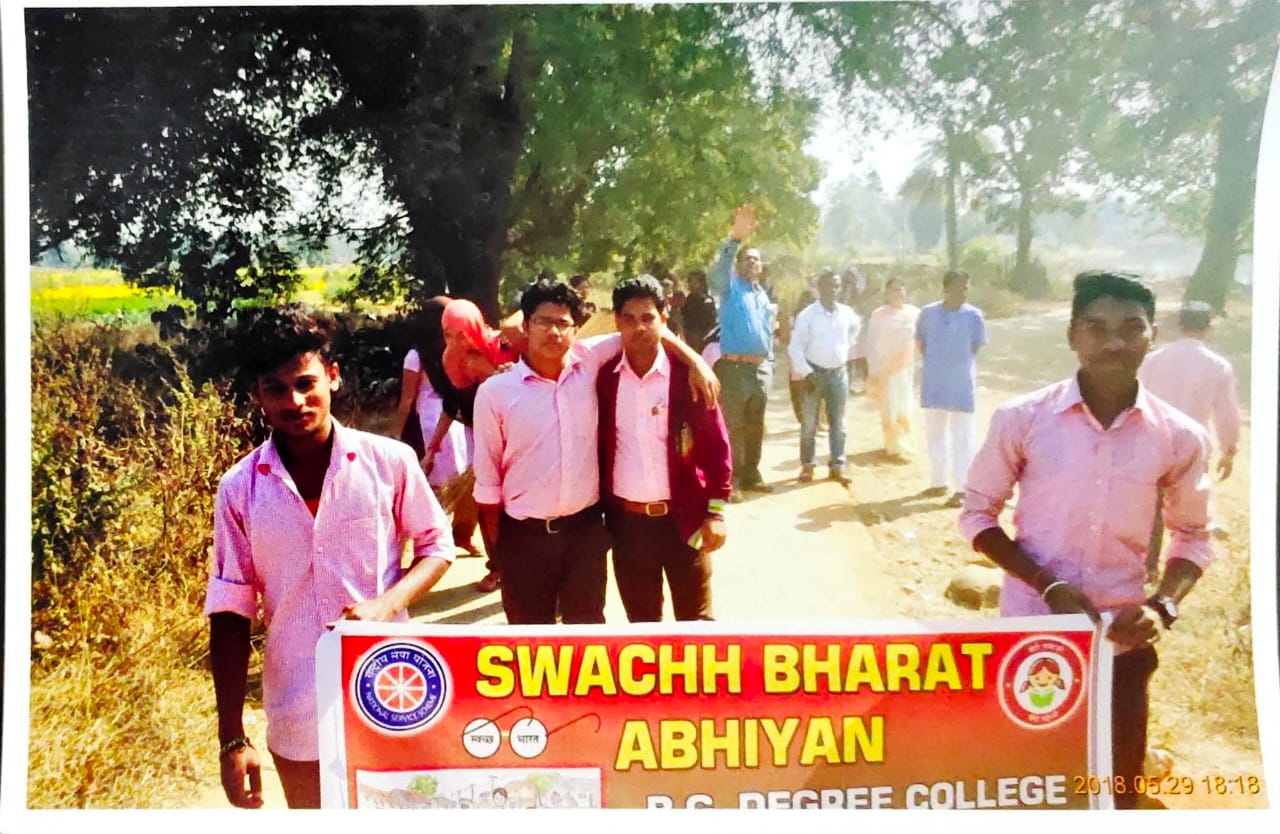

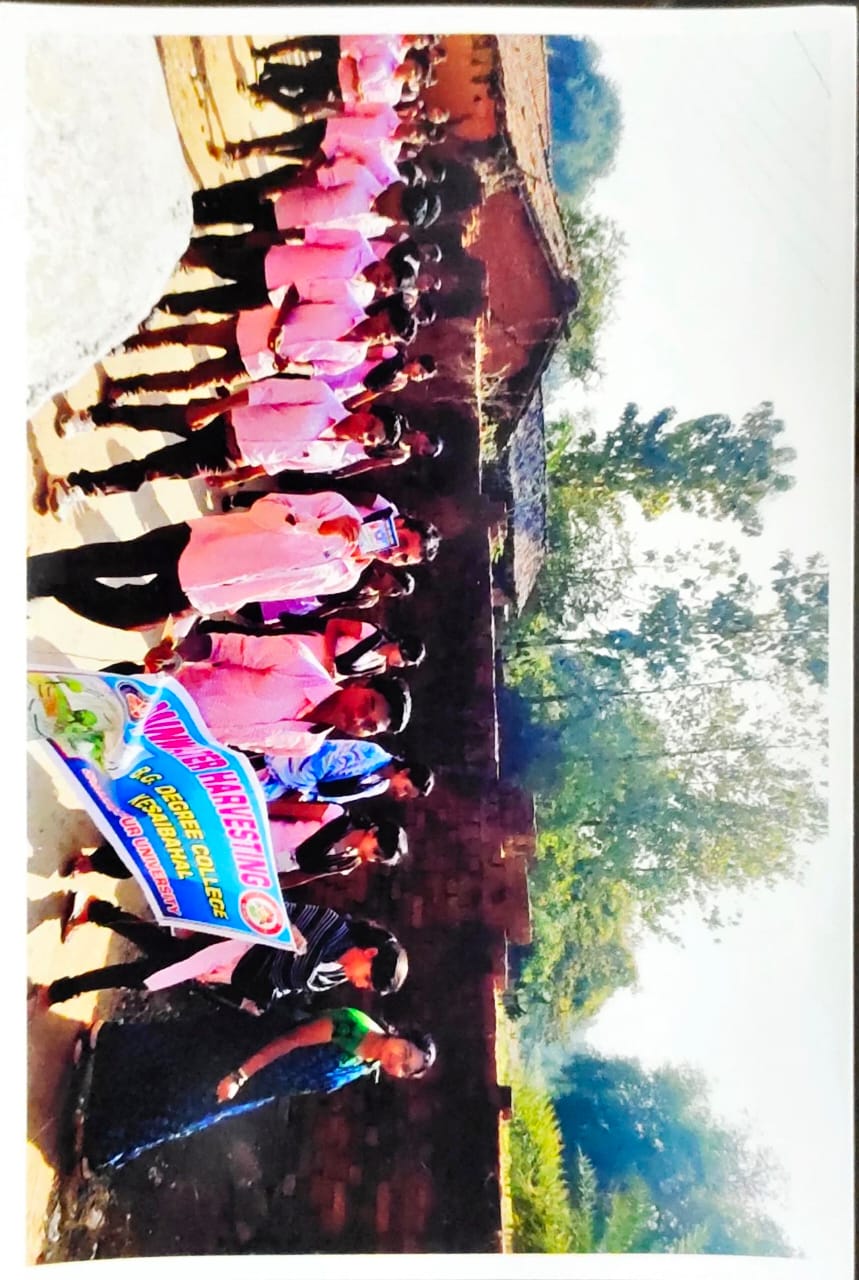


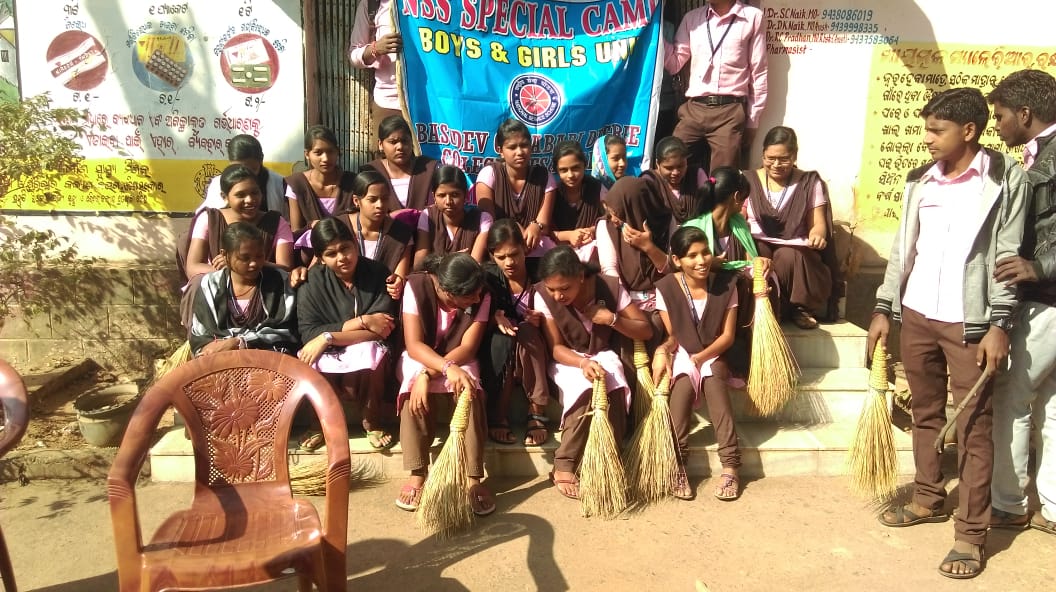
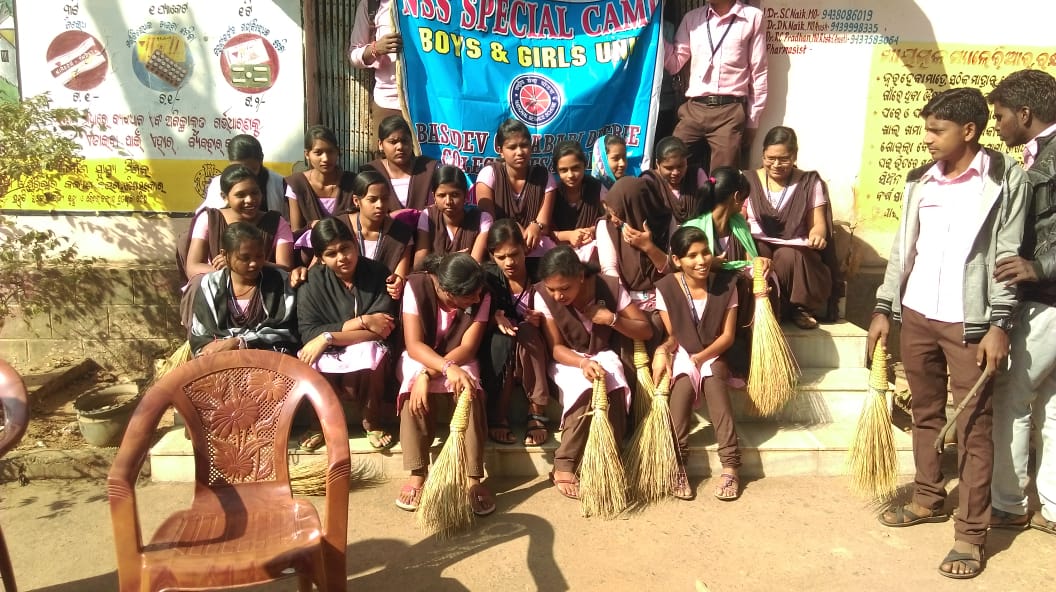
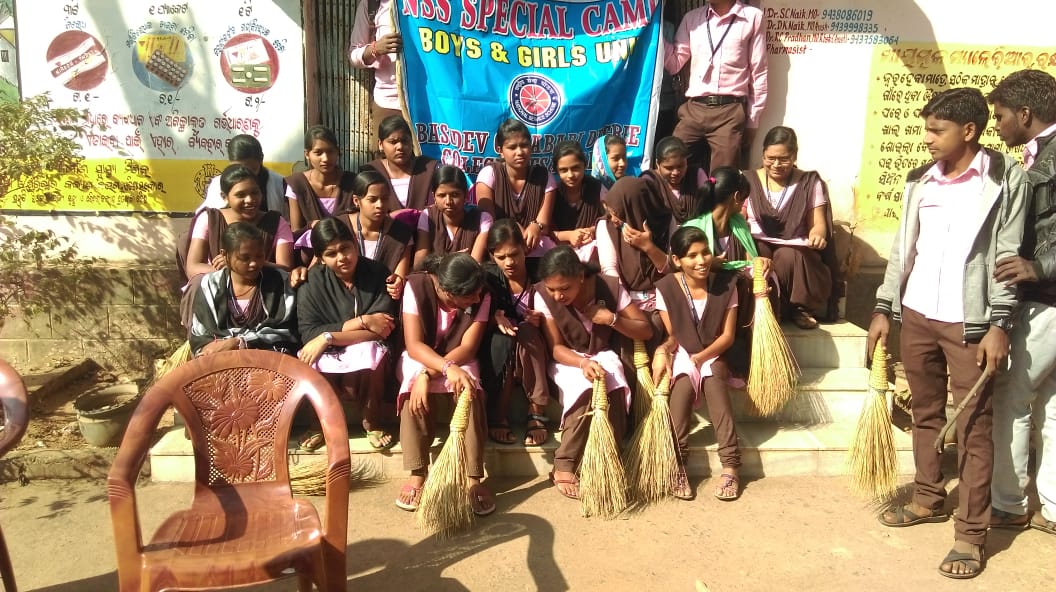



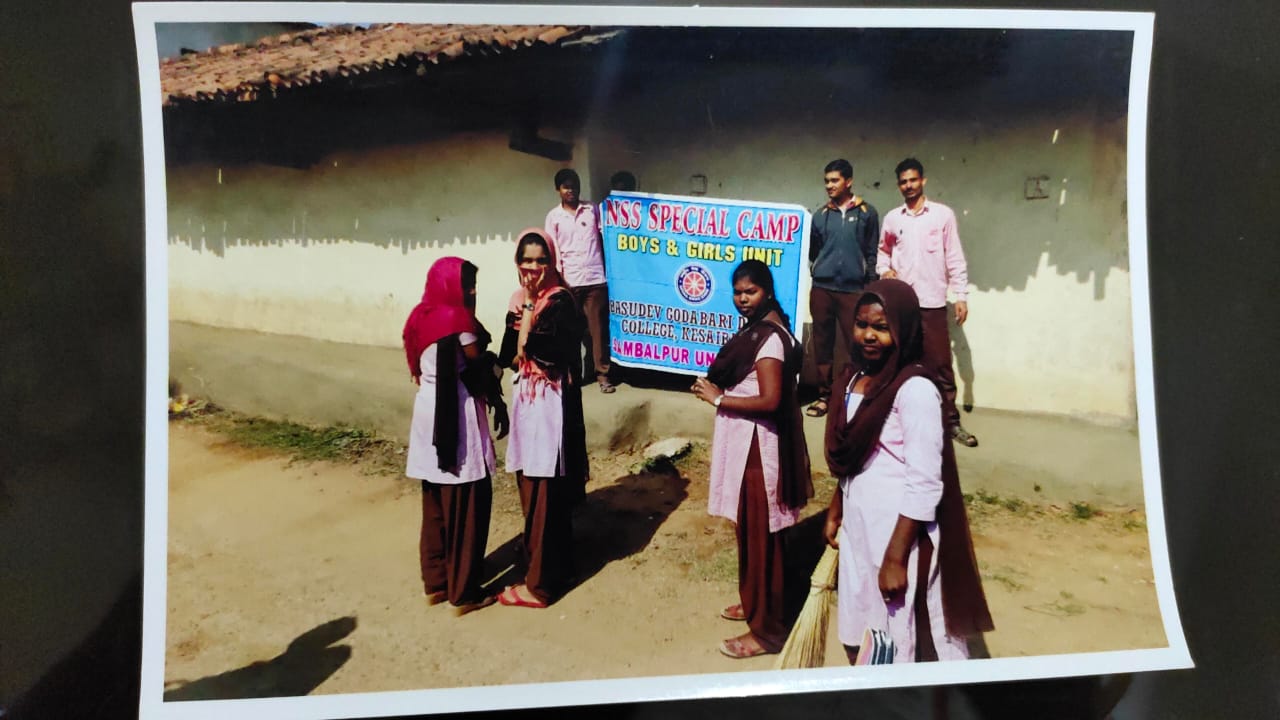

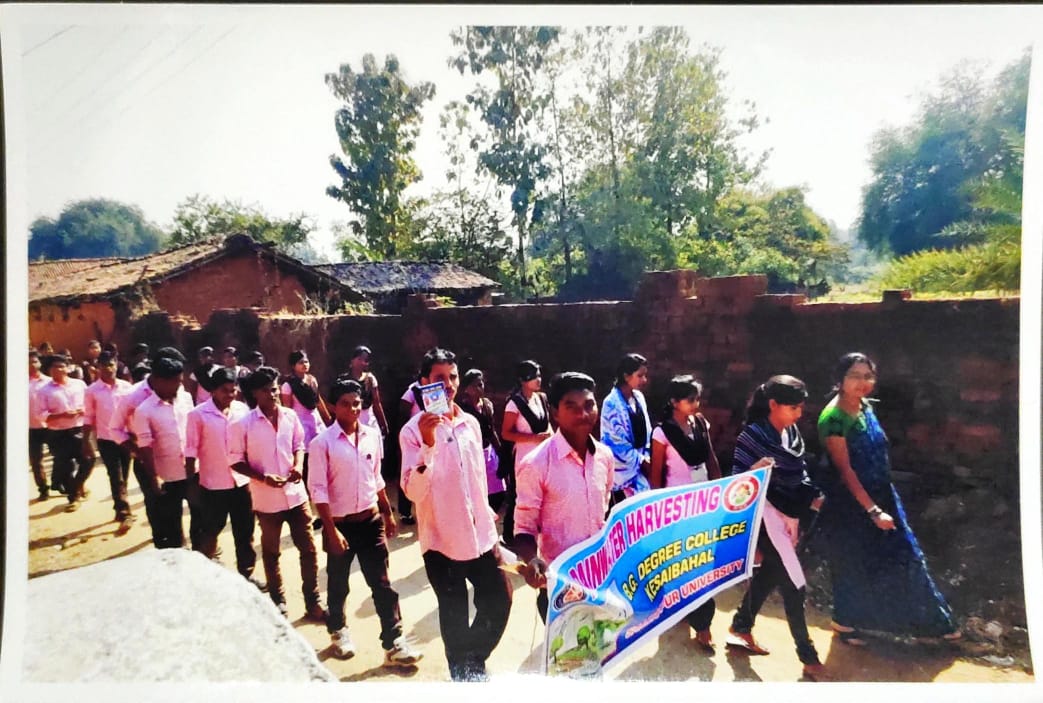
Connect With Us